Marias Animal Shelter
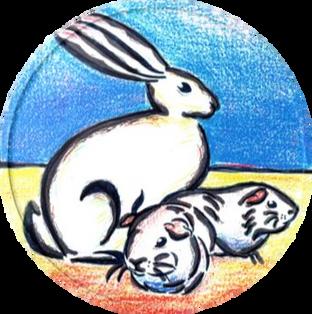

ISSUE 25: SPRING - SUMMER 2025




ISSUE 25: SPRING - SUMMER 2025

Thank you for your continued support! In this issue, we focus on helping older animals with special needs, offering tips and success stories that inspire. Your involvement—whether through adoption, fostering, or donations makes a real difference in their lives. Together, we’re creating a brighter future for these deserving animals!
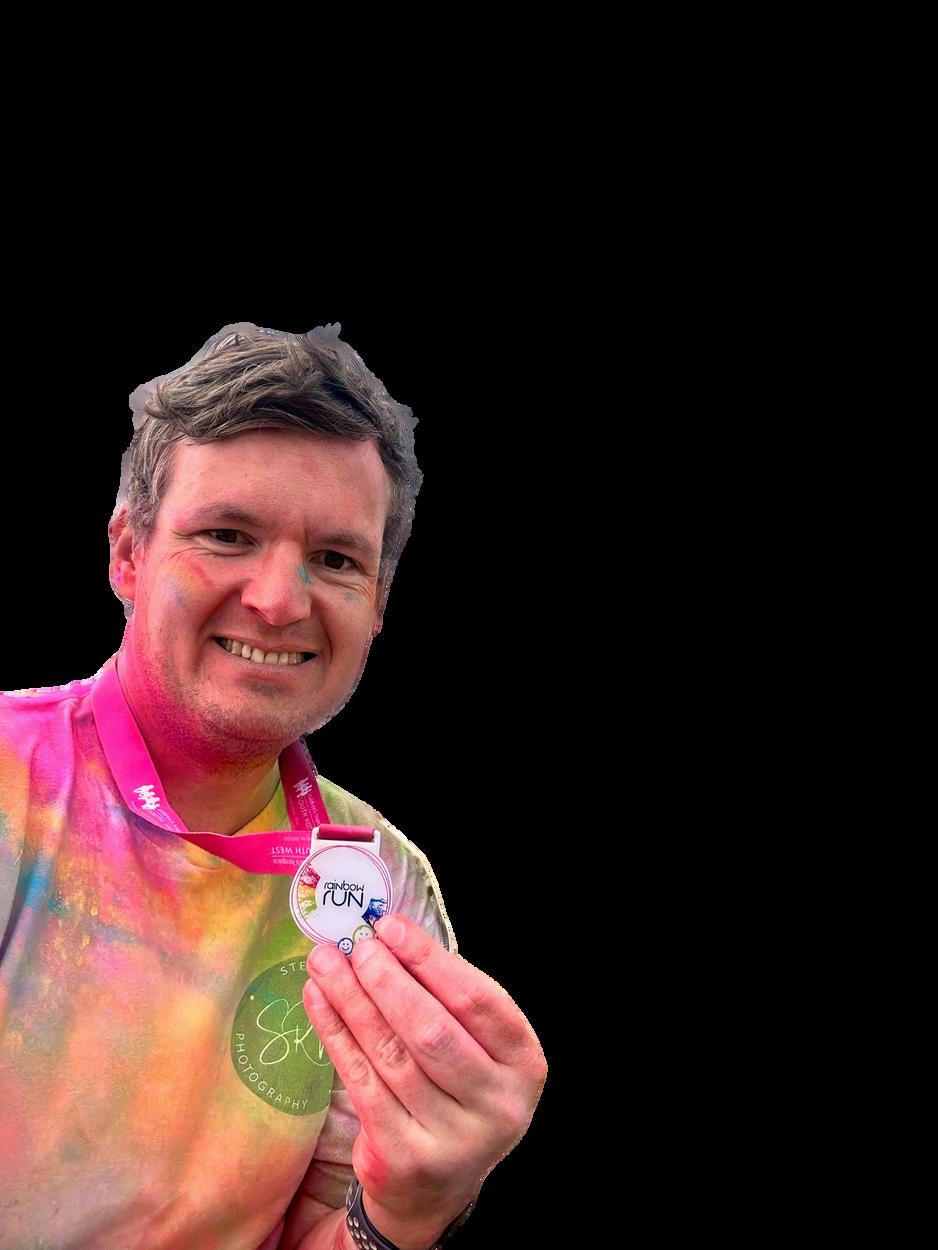
Do you have something to share for the next issue? Drop me a message with your comments and suggestions!
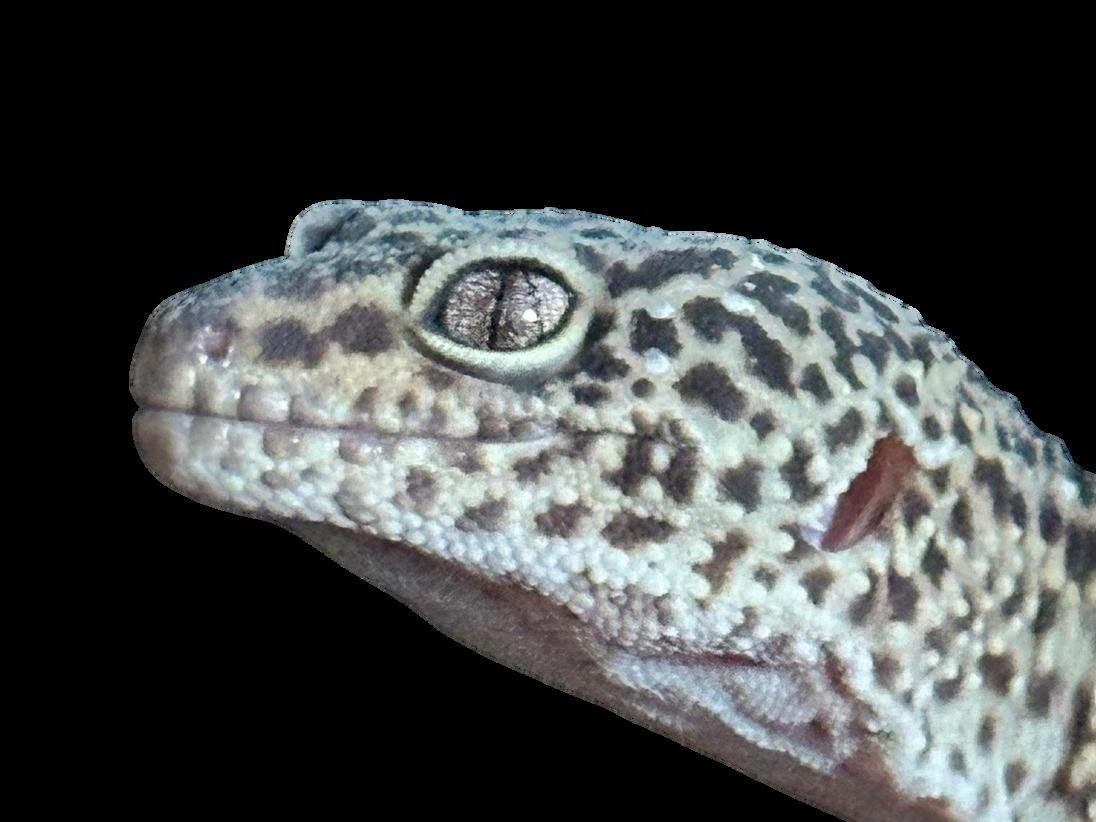
email me: hello@srwphoto.co.uk
We extend our deepest gratitude to Tony Martin CBE, founder of the Anthony V. Martin Charitable Foundation and patron of our shelter. His unwavering support and dedication have been instrumental in advancing our mission at Marias As a Commander of the British Empire (CBE) the highest-ranking Order of the British Empire award given to those who have made significant and positive impacts through their work we can truly attest to the profound influence he has had on our organisation and the community we serve.

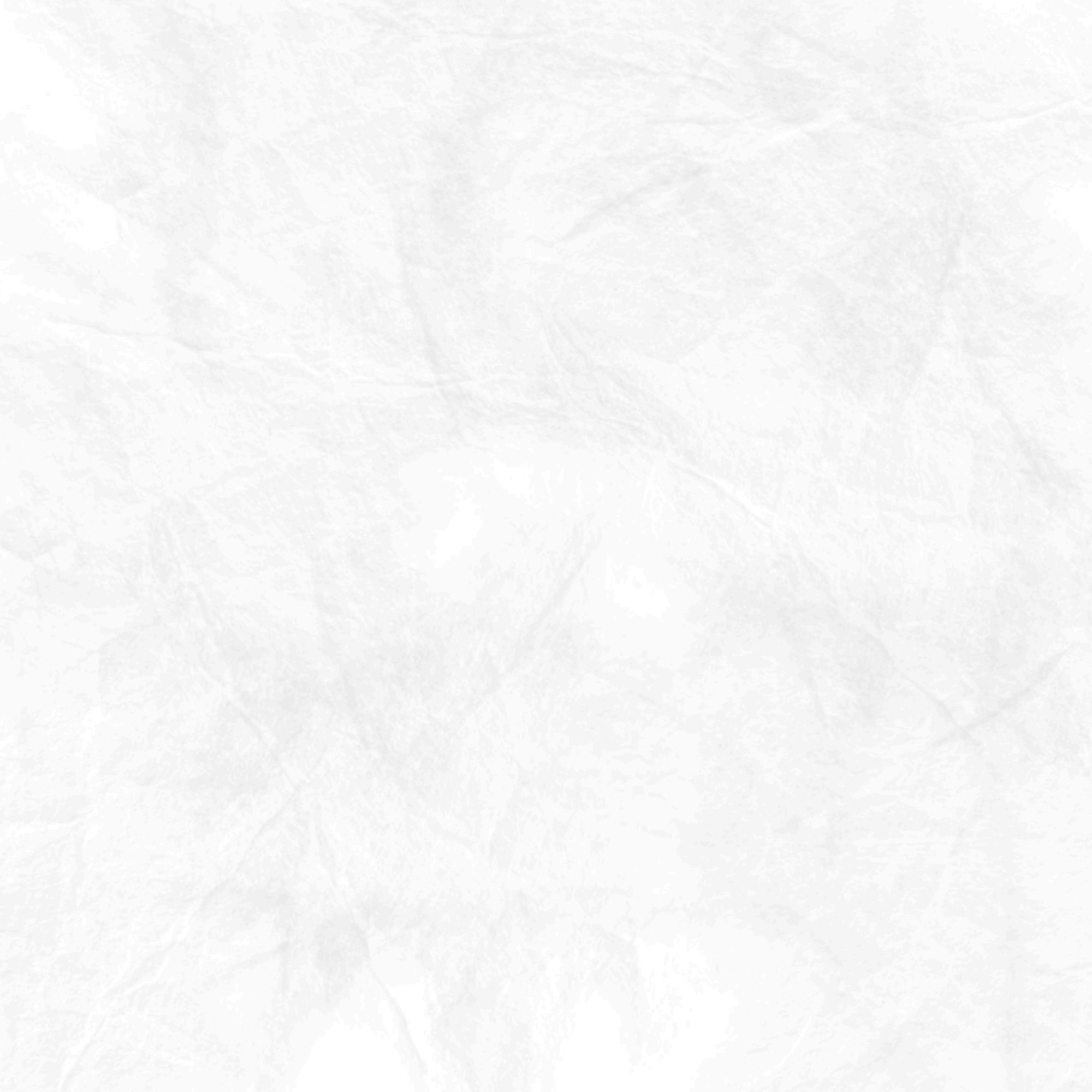

Whether you've been cheering on Maria's incredible work for years or you've just stumbled upon our cosy corner of Cornwall, we'd love to share the heartwarming tale of how it all began...
Back in 2001, there was a charming little pony named Fly. Fly was facing homelessness because her owner, sadly battling cancer, could no longer care for her. That's when Maria, an animal enthusiast studying Animal Care at Duchy College, stepped in. She had no idea that welcoming this one pony would lead her to create a sanctuary that's now a haven for hundreds of animals!
Seeing a desperate need for a rescue centre in Cornwall for unwanted pets and animals, Maria took a brave leap. She decided to open a shelter and fund it herself a bold move that soon saw everything falling into place. As luck would have it, the land in the village where Fly lived was the perfect spot for a shelter. With permission granted, Maria, her husband Paul, and an amazing team of volunteers, friends, and family rolled up their sleeves. Together, they built the first sheds, pens, and cosy nooks—transforming a simple plot into a bustling sanctuary.
Fast forward to today, and Maria's Animal Shelter is alive with the chatter and clucks of around 100 animals! Goats, geese, ducks, chickens, sheep, guinea pigs, rabbits, degus, gerbils, and hamsters all call it home. Most arrive because they've been abandoned or are unwanted. Some have been neglected and need a bit of extra TLC. Thanks to Maria's dedication, many find loving new homes through her successful rehoming programme. For those who need a permanent place to stay, the shelter becomes their forever home.
To keep this wonderful work going, Maria registered the shelter as a charity with the Charity Commission in 2012. Relying entirely on donations, every spare moment Maria has is spent caring for the animals, fundraising, or spreading the word. Unfortunately, the number of animals needing help is on the rise but with your support, we can make a real difference!
So, grab a cuppa and read on to discover what's been happening at the shelter, along with all the latest news. If you think you can help in any way, please get in touch we'd love to hear from you!
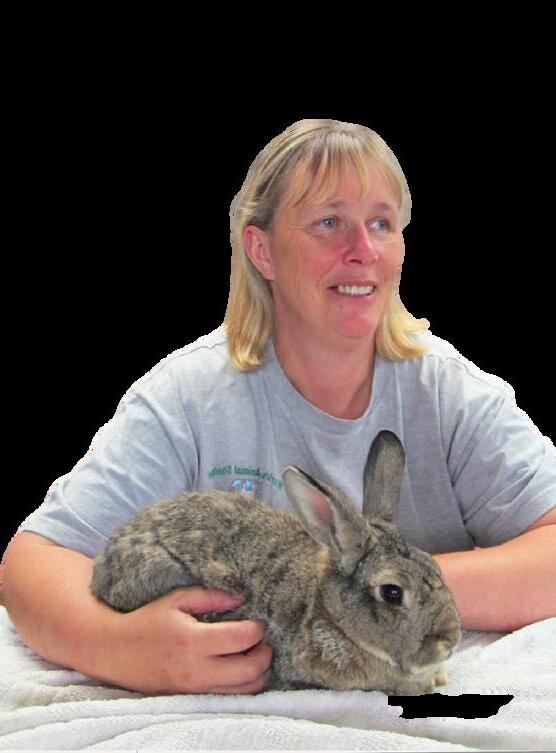
Maria Mulkeen

The start of another year. Hopefully a more positive one with lots of good stories instead of such depressing ones that break our hearts. Anna who helped me with the hoarding issue that we went to last year tells her story in this issue. It was the worst rescue that we have ever been out to and hope to never see again.
On a more positive note, we helped nearly 300 animals last year. Being a small charity with only a 2.5-acre site, it was quite impressive to have changed so many animals lives for the better and although there were 33 that had to be put to sleep because the animal was suffering and there was nothing we could do to change this, they still had love and kindness shown to them until the end.
Near the end of last year, it was announced that the local RSPCA in Cornwall was closing their small animal unit down to just concentrate on dogs and cats. This has had an impact on us and although we always have a waiting list for animals to enter the shelter, it made the list much longer. We do always try to keep a space open for emergencies that need to come in straight away, but this is now proving difficult due to the number of emergency calls that we are getting. Adoptions have also slowed, so it has a double impact for us.
Currently, there are more pairs of rabbits than single ones. Usually, it is the other way around because people adopt from us due to one of a pair dying. People then come here looking to bond another rabbit to their bereaved one. Pairs can stay with us for many years. Do you know anyone that is wanting to start a home with rabbits? Please ask them to get in contact with us if you do.
On the front of this issues cover is Toast. I will be telling his story in the next edition because I have written a longer degu care article than we had room for. Toast has such character and hopefully there will be a good outcome for him.

By Katharine Frayling
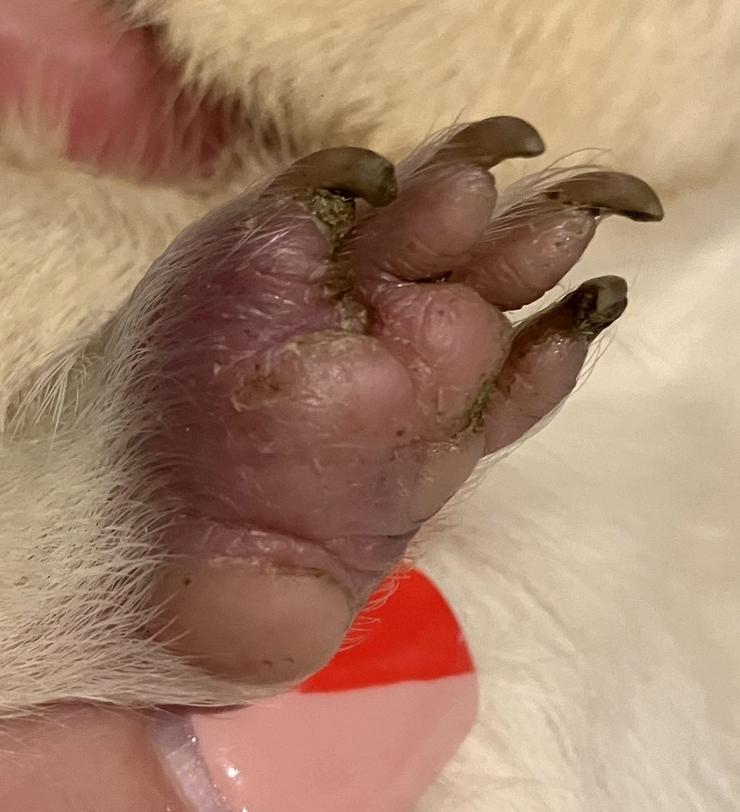
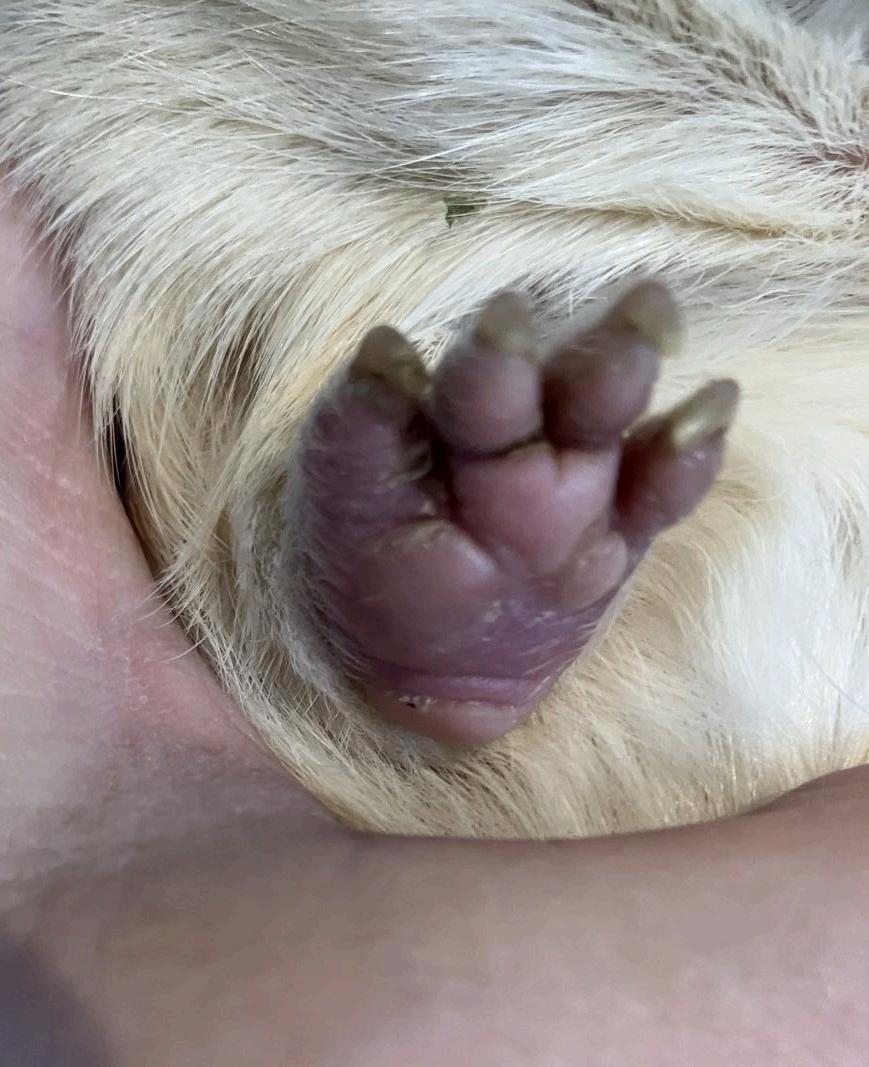
Whilst doing a routine health check, you may find that your guinea pigs paws look rather pink or red when you are checking them over. It is always best to treat any signs early on so that ulceration of the pad doesn’t occur. F10 Germicidal Barrier Ointment or F & M ointment by Gorgeous Guineas can work well on mild cases. Some redness may be attributed to harsh or wet bedding so that their pads are encountering harsh material, wet hay or urine-soaked hay or fleece giving them urine scald. Cleaning out their cages more often so that it is dry and clean, free of urine-soaked areas will help with this. If they live on fleece and they choose to lie in the same area most of the time, then perhaps invest in some pieces of vetbed which wick the urine down to the area below keeping them lying on a dry surface. These smaller pieces can then be changed and washed more frequently.
Red or pink pads may indicate a medical problem. Bladder infections are quite common in guinea pigs and may make them urinate more frequently. This is also true of kidney disease, and you may notice that they are drinking more. Guinea pigs suffering from heart issues may have poor circulation, so healing is slower in their extremities. All these conditions need treatment, so a vet visit will be required.
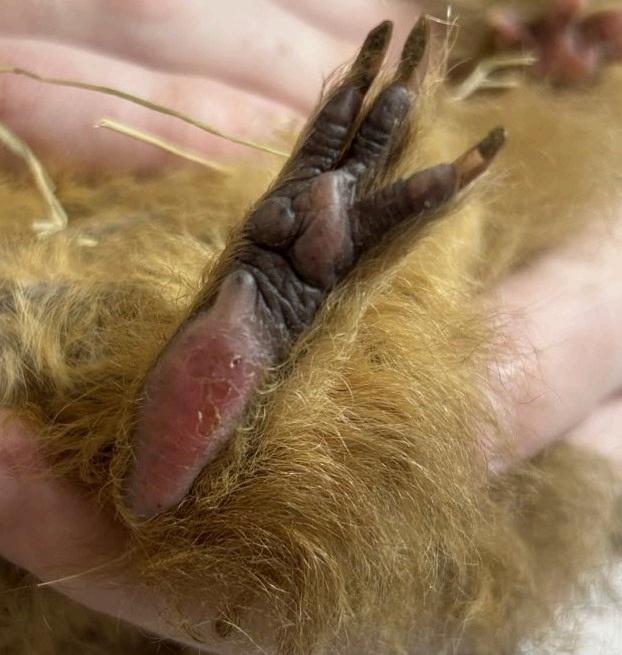
Older guinea pigs often suffer from arthritis so moving around is more difficult. They may lie in the same area for longer making it soggy. Supplying some vetbed or fleece beds that can be changed often will help stop them lying in their own urine and causing areas of urine scald.


If you notice that your guinea pigs’ paws look very red, appear swollen, hot to the touch or have any broken skin or ulcers, then a diagnosis by your vet will be necessary. This condition is called Bumblefoot or Pododermatitis. Treatment by antibiotics is often needed as bacteria has entered the pad causing the swelling and sometimes broken skin. Your vet may swab the paw to do a culture finding the best antibiotic to use. This bacterium can travel into the bone of the foot and leg causing swelling which can lead to a lifethreatening infection. This condition is painful, so pain medication will be necessary. While treating the condition in which there are scabs, take care not to dislodge them as paws bleed profusely. If the scab is coming off and you are worried about them catching it, then carefully cut off the dry loose flap, not too close to the attached skin. This condition can take a while to heal and may require daily soaking alongside treatment.
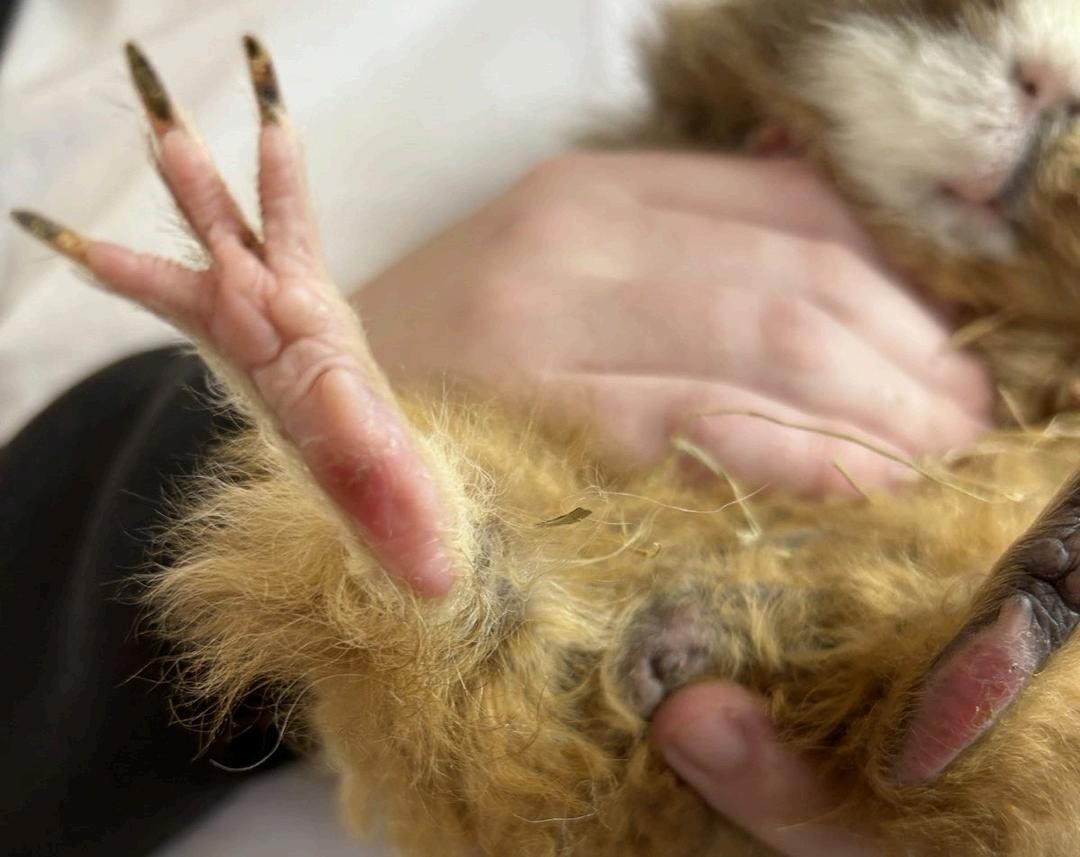
Other problems that may cause pad issues are overlong nails as these can curl around and start digging into their foot, eventually piercing the skin. Checking the length of their nails will ward off this issue. Some guinea pigs grow spurs off the side of their back feet or small spiky growths on the underside by their front pads. Should any of these get long then it is best to take them off with your nail cutters or they may catch and get torn.
Take care not to cut too close to the skin as this may cause a sore leading to bumblefoot.
Guinea pigs can also suffer from fungal feet, much the same as our athletes' foot, which can look like they have white, dry flaky pads. Black pads may look grey, but both feel rough to the touch. As a mild condition progresses, it can infect their toes causing swelling at the nail bed and a yellowing and brittleness of the nails as they grow. There are some genetic abnormalities that affect paws such as a guinea pig having an extra toe, Polydactyl, which is usually on their back foot. This sometimes looks as if it is hanging off the side of their foot. These extra toes can often get caught on soft materials so may need removing. Check your guinea pigs' feet over regularly to catch any of these medical issues early to ward off it developing into something more serious.
Cathy Turtle
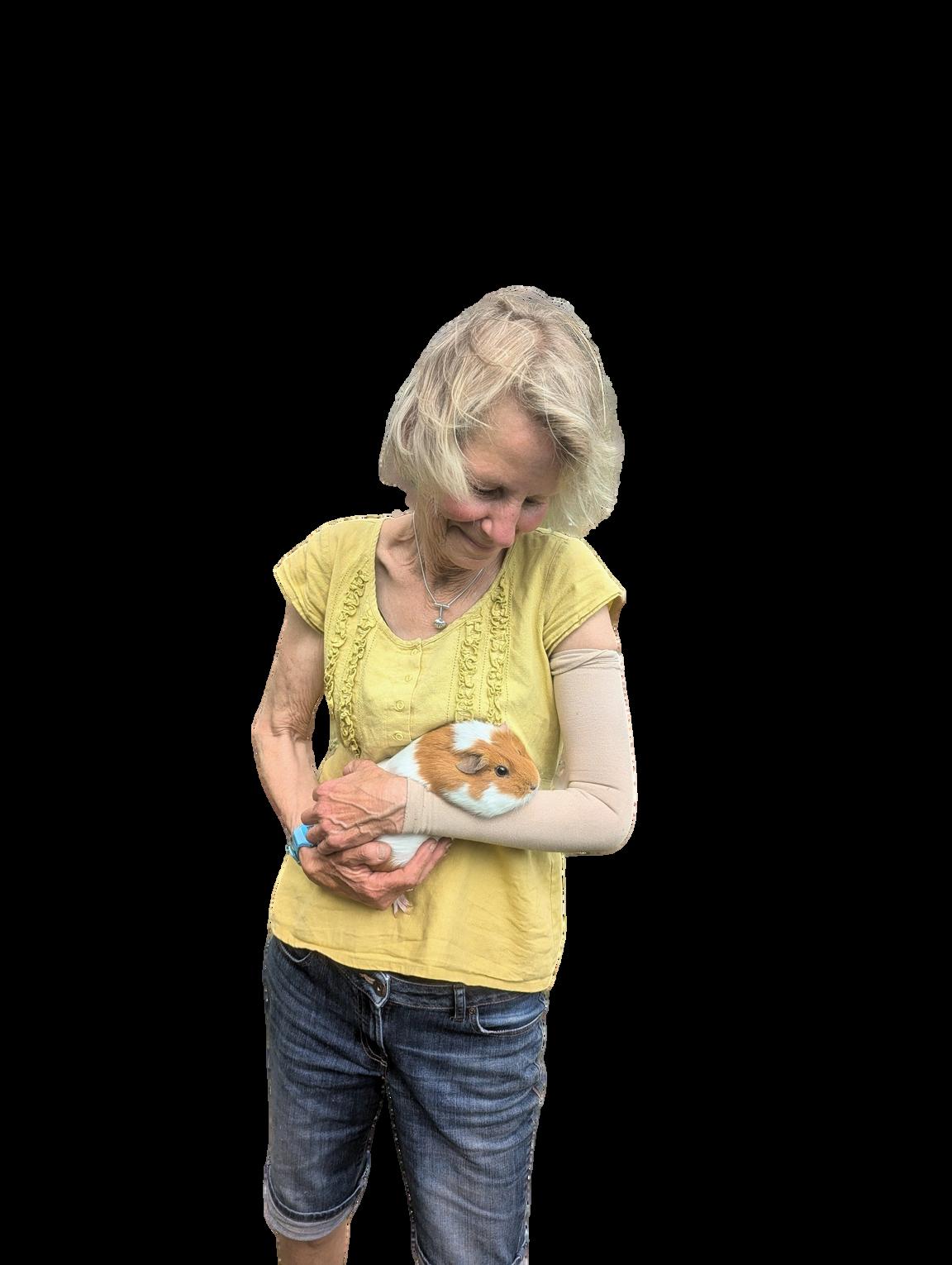
A thousand circles, time, patience, expert advice and hope. A story of trying to bond Bunnies “Flopsy” belonged to a family that fell on hard times. She had to live in a small cage in a shed as the Alsatian dog ruled the small house 3 generations had had to move into. I was not looking for another bunny as I had Rosie, one of Marias many beautiful rescue bunnies, but I had to rescue the “shed bunny”. We made sure she had her jabs and was neutered asap. She was renamed Jackie Weaver as she has a very strong character.
Still, she was so traumatised that every bit of our house had signs of her destruction, including some skin scars. She would attack me if I smelt of Rosie. It was hard for both of us, but time and patience won, and she became a very loving bunny. She loved being outside and was so happy racing and jumping around our garden like a normal rabbit. However, there was still something missing in her bunny life, and she could have been very nervous if she hadn’t heard you coming. Lucky for Jackie, Maria and all the staff at the centre took on the task of looking for a boy bunny for her. I now know how difficult and timeconsuming bonding is for some animals.
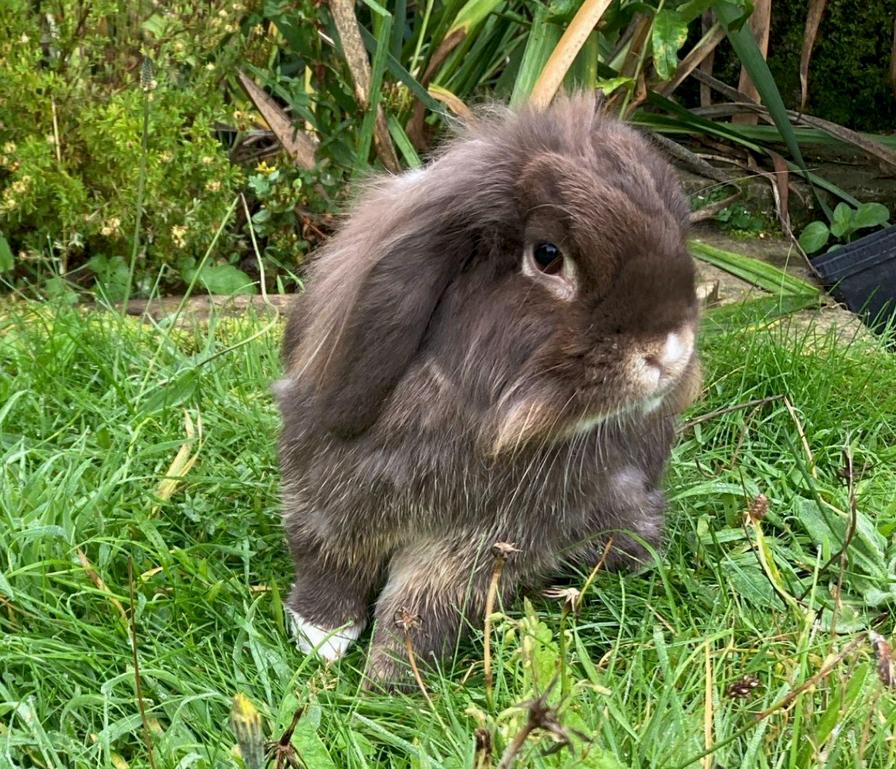

Jackie stayed at Marias for three months, and we missed her dreadfully, so I regularly visited so she knew I still loved her. I was really worried she would reject me on her return. Sadly, despite three very time-consuming (one month each time) and, sometimes, nerve-wracking bondings, Jackie and her three lovely boy bunnies did not bond. We were all very disappointed for her.

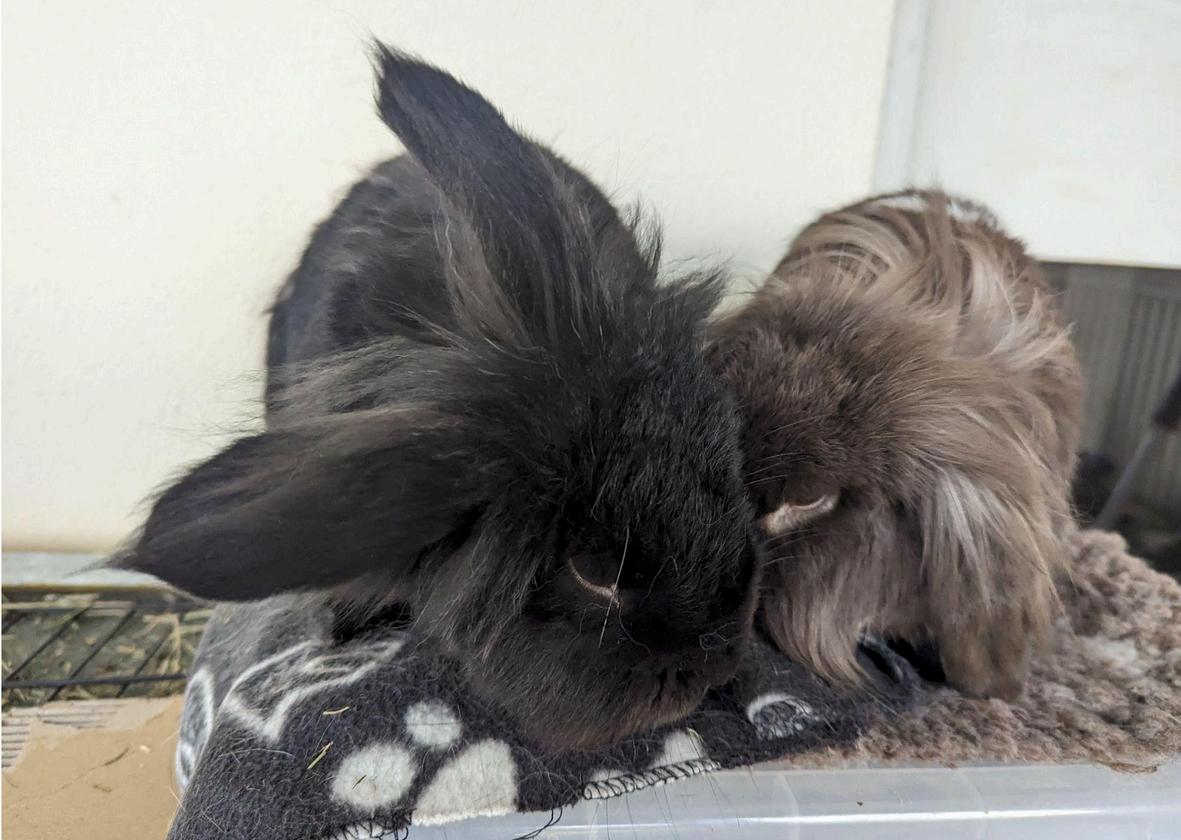
Christmas was approaching, and we were missing our bunny. I just happened to be at the centre when a new foster bunny called “Reggie” came in (another unfortunate family situation), so we were delighted to be asked to have him as a “temporary” pet. I don’t think my family believed that it was a temporary arrangement,
and of course, they were proved right! Then Jackie came home, too, causing logistical problems.
We had to keep them separate until Reggie was neutered and adopted. We needed Maria’s expertise to guide us through coping. Reggie charmed everyone he came across, and I tried not to hope they would bond so I could keep them both.
Last Monday (6 months on), Maria set up their first face-to-face, without bars, and knowing Jackie’s previous bondings, we were on tenterhooks. I was very surprised to hear the word “placid” from Maria, but after an hour, I signed up to adopt Reggie and take them home to continue bonding. The last few days have been very concentrated, following advice on how not to panic when they seem to be in endless tussles and knowing that when things go wrong, they happen very quickly. Sadly, despite their bonding calmly for a few weeks, Reggie would not stop trying to mate with Jackie, so she retaliated by serious fighting, so they had to be separated again. This resulted in Reggie being so stressed that he got gut stasis, and the vet could not save him. We were so upset on all fronts as it had looked so hopeful for both of them. Jackie is still single but very much loved. Still, we have not given up hope of a bunny companion in the future, as every bunny deserves.

By Orla Evans
We adopted Bailey, Sabrina and Tinkerbelle at the end of July. Now called Muffin, Maisy and Molly. Muffin was living alone until he was adopted by us and bonded with the girls. He gets on really well with the girls especially Molly. At first Muffin was the most tame and then Maisy became more friendly. Molly is a bit nervous still however she does come to us for food now. Molly doesn't like to be held but the others are quite happy once caught! Muffin likes to rest in the log house whilst the girls prefer the comfy beds. They enjoying eating lettuce and carrot the most. I sit in the shed and sit down on the floor and I hold food on my lap. Muffin climbs on me and I feed him. These are my first guinea pigs and we love having them. Thank you to Maria and the team for allowing us to adopt them.
Love from Orla Evans age 6
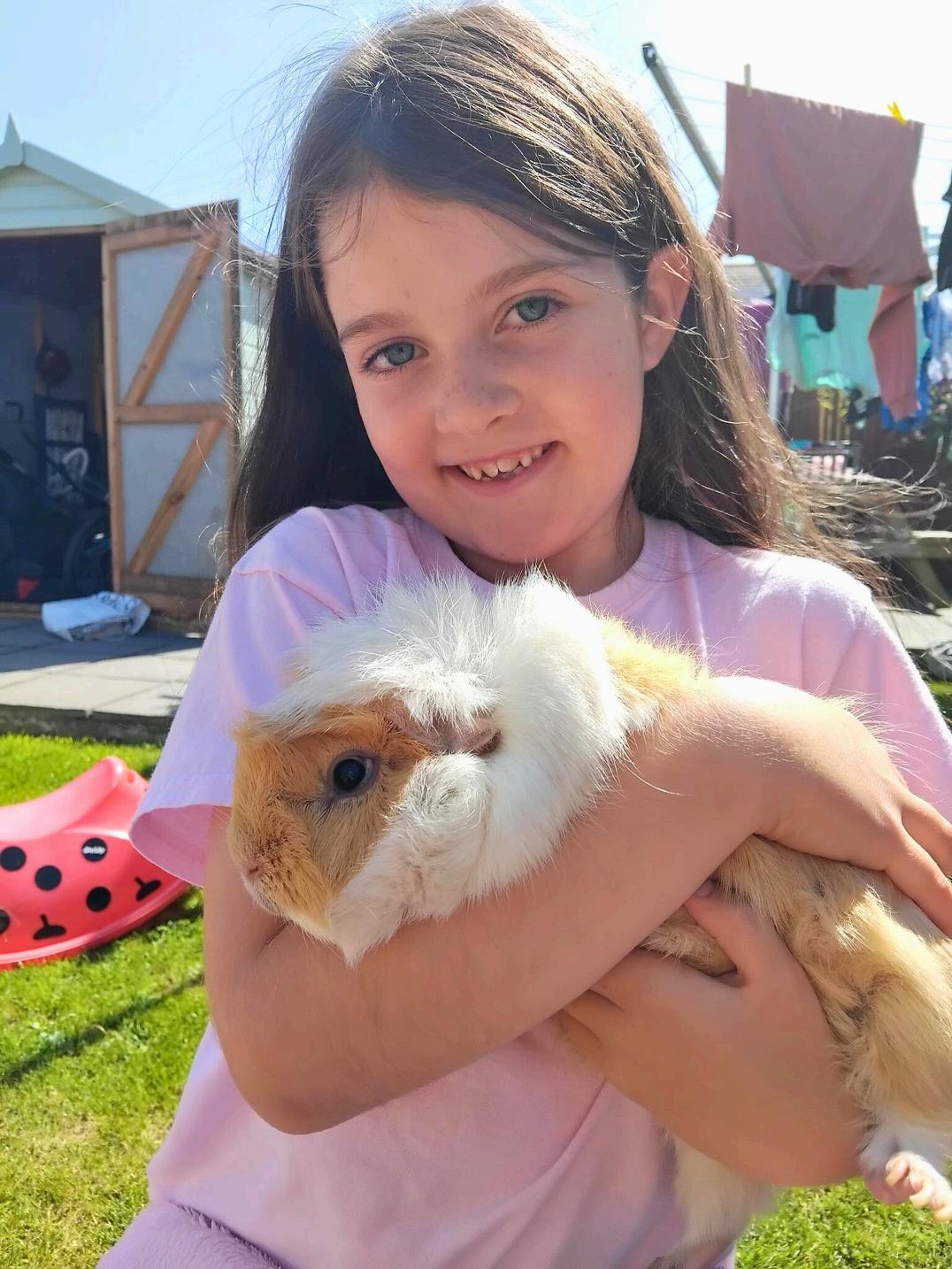
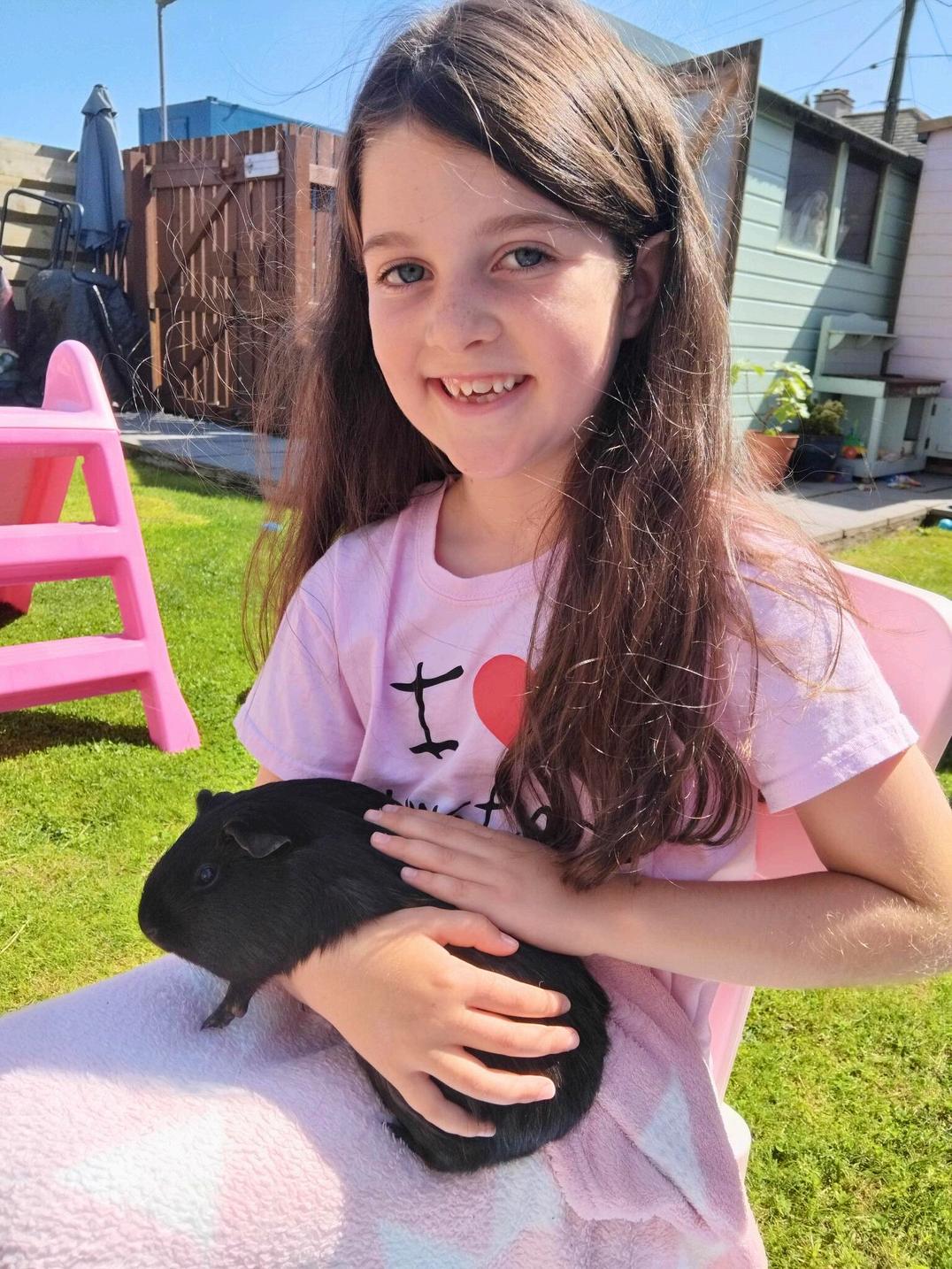

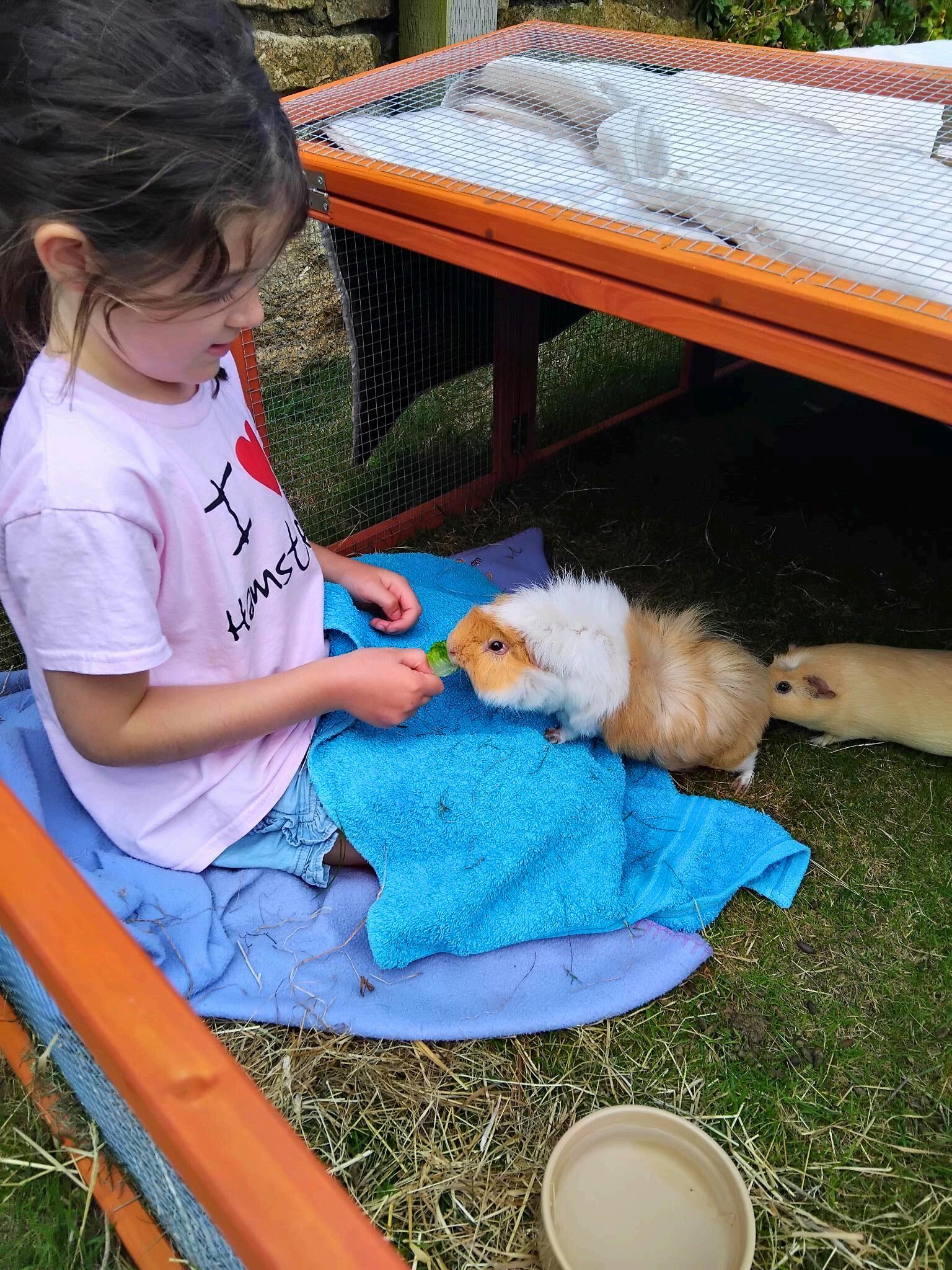
By Maria
Degus are so much fun to be around, always running on their wheels and releasing the high energy they possess They appreciate human contact, but only after their initial fears have been addressed One pair of degus entered the shelter due to domestic abuse and were terrified of humans; it took many months before they could even be seen at all. Never rush the bonding process. Allow degus to approach you when they are ready, gently encouraging them with a sound they will associate with positivity and rewarding them with a treat, such as a pea flake or a degu crockyummy! We give a pea flake every morning but let the degu come to us on their own terms, watching carefully to ensure the pea flake is eaten. This ensures that the degu is healthy. Degus can pretend to eat because they are a prey species. They typically live up to seven years, but we have had several live to ten years As with all animal species, an extended lifespan can lead to ailments like arthritis, making it crucial to take them to an exotic or degus-savvy vet for diagnosis and treatment. Providing any animal with a pain-free life is an honour and contributes to their happiness for many more years. It is also quite easy to give degus medication. Most do not like being handled for medicine administration, but you can disguise it by making what is often called “Degu crack. “ This mixture includes critical care combined with a very small amount of vegetable baby food and peanut butter. Draw a little into a 1ml syringe (with the bottom cut off), add the medication, followed by a little more of the mixture. Degus cannot get enough of it.
Many years ago, degus were the sought-after “new” species for families to adopt, but fortunately, they have become a rarity these days. Don’t get me wrong; I absolutely love interacting with them at the shelter, but I dislike the thought of what happens to them before they reach us
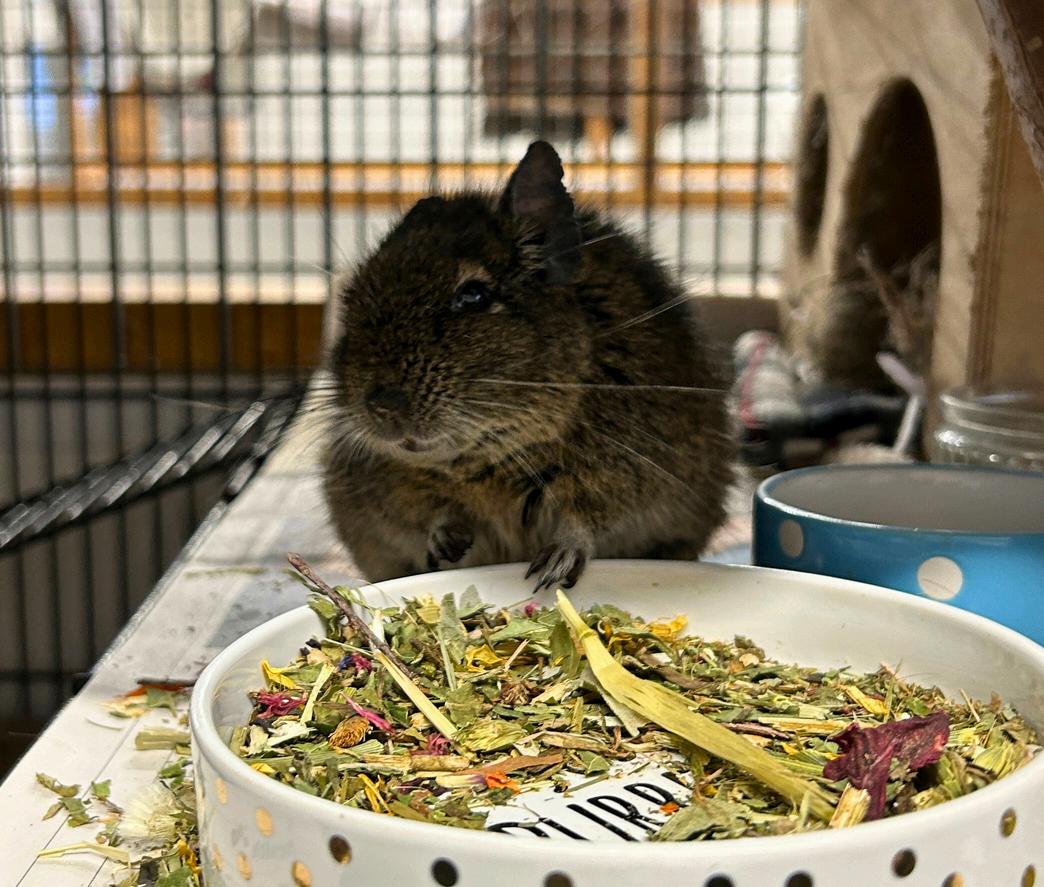

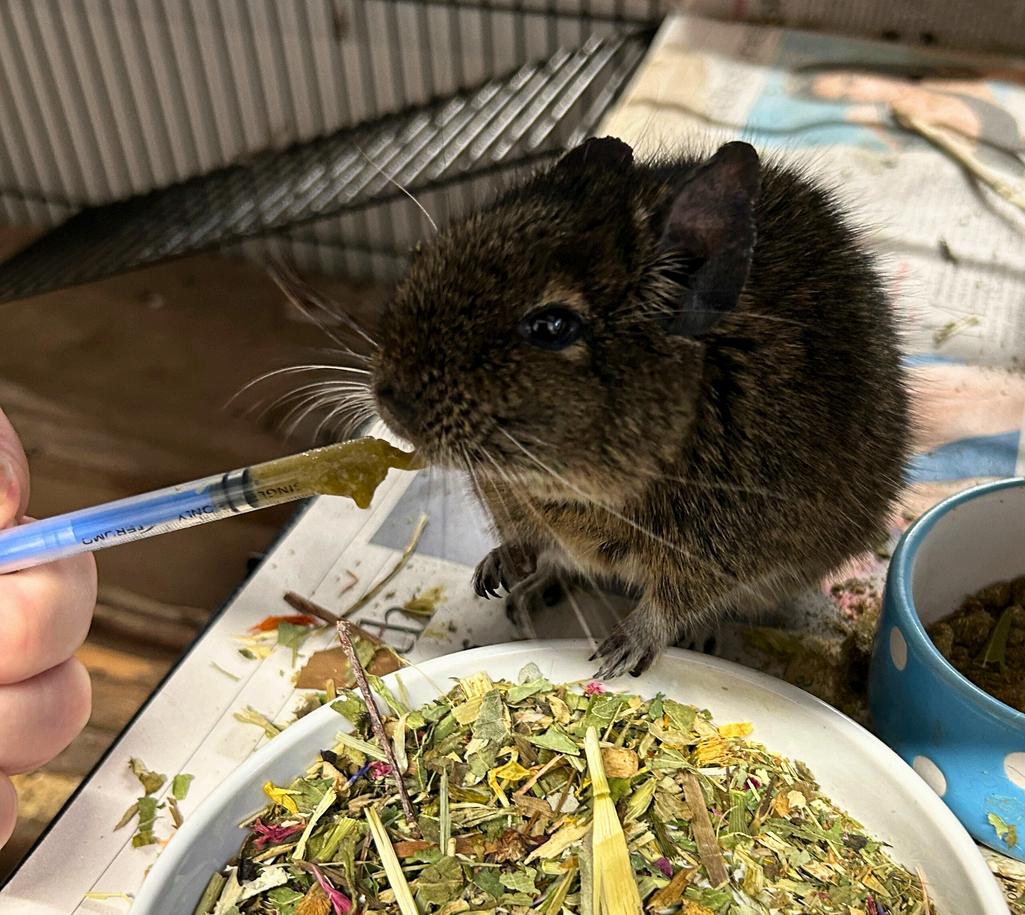

Degus are an exotic species, and potential owners must conduct extensive research before caring for them. Their diet is quite comprehensive, and if not followed, it can be detrimental to their health. Sugar cannot be given to them, as it can lead to diabetes. There are many types of food available for purchase, but at the shelter, we have found that all the degus enjoy Science Selective degu nuggets We only provide a 5% ration, which is approximately 10 nuggets. The primary food we purchase is imported from Germany and is the best natural food for degus. The company is called Hansmann, and the food is Pflanzenmischung.
It was previously named SAB. It is much easier to buy imported food now, as emails are translated, making communication straightforward. You can find some natural foods in England, but they are inferior to the German alternatives Good quality hay, or ready grass, is essential, but make sure it is fresh and dust-free There are several reputable hay suppliers online. Add apple, willow, or hazel branches for gnawing. Housing is crucial for degus. They certainly have a lot of energy! I need whatever they take, lol. Degus prefer to run along flat surfaces rather than jump between levels, and the larger their home, the happier they will be. A metal wheel is essential as it provides the primary means for them to expend energy. While wooden wheels are available, they will eventually get gnawed on, so consider purchasing both to give them a choice. At the shelter, we provide a variety of beds and tunnels for comfort and warmth Some beds are wooden for gnawing, while others are soft with fleece inside, allowing them to create their own den
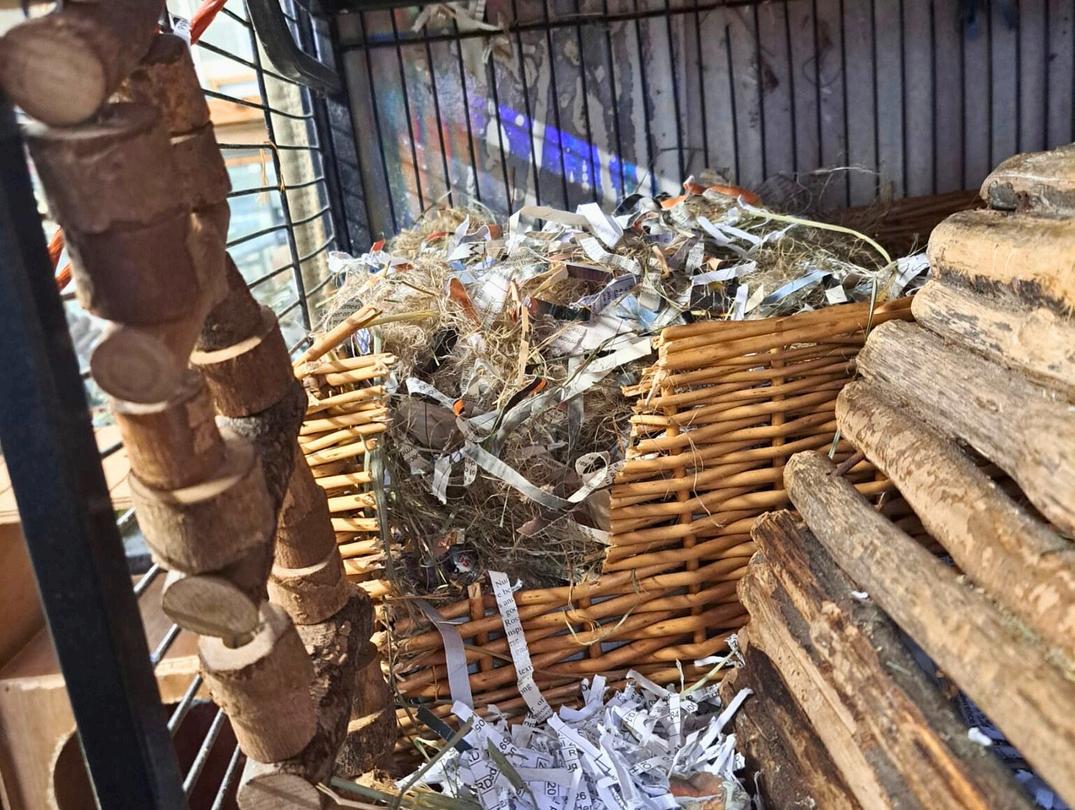

A mix of shredded paper, high-quality hay, and hemp works well for the floor A digging box made from natural materials, like a wicker basket, would be ideal, or you can make your own out of wood. Cut a hole in the side for an entrance or add ladders from the top to the bottom and fill it with various materials.

Stones can be useful for the degus to jump over, and you can fill the area with items similar to what you use for the floor, but piled higher instead. Periodically changing their environment can help reduce boredom and promote a positive quality of life.
It is important to provide a sand bath, which is similar to taking a shower or bath for our own cleanliness Sand cannot be sourced from the beach but can be bought at a pet shop or online. You only need a very small amount placed at the bottom of a high-sided container that is large enough for the degu to roll around in. If you use large amounts of sand, it will turn into a toilet yuck.
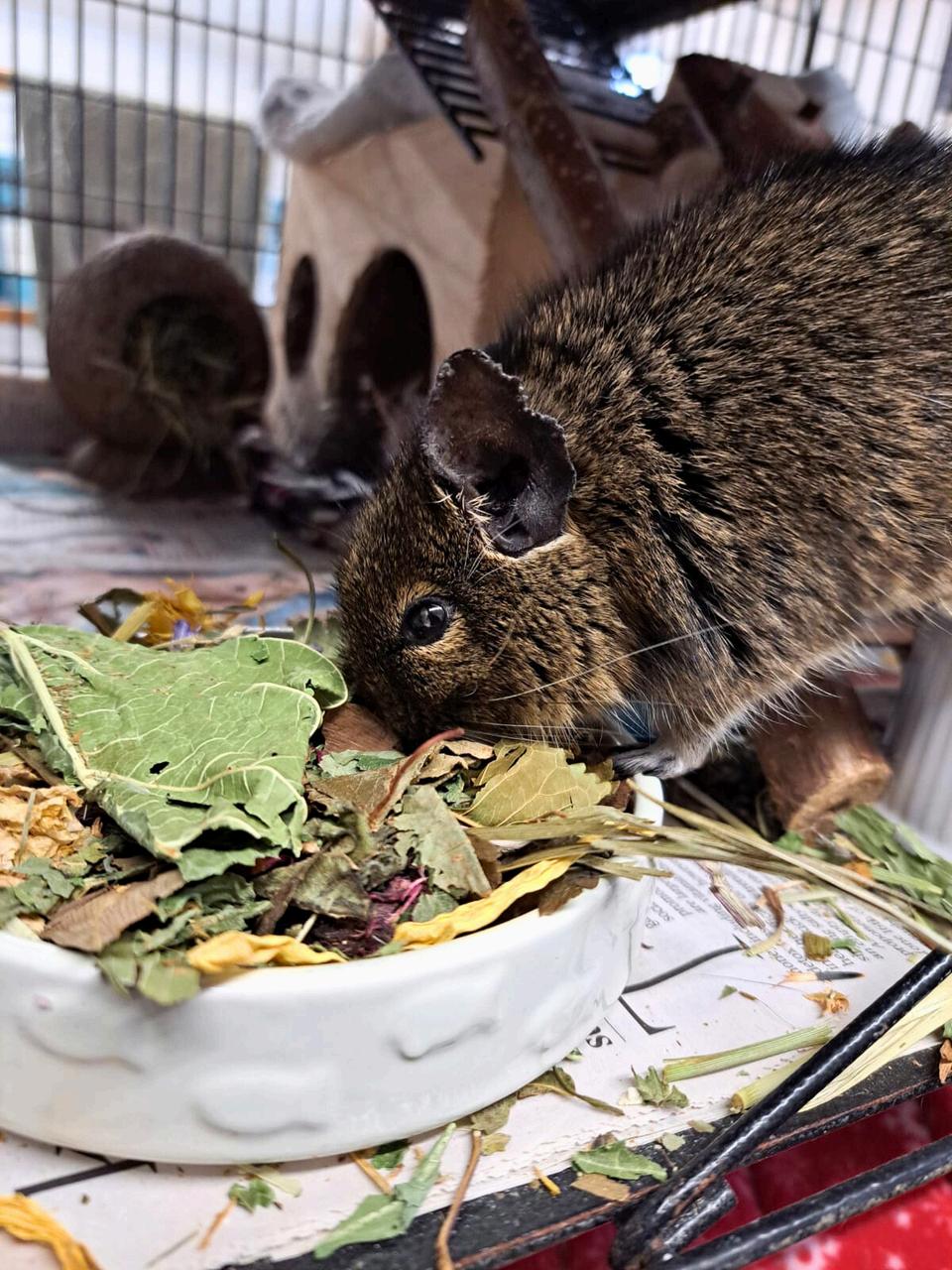
The effects of vitamin D deficiency in humans are well documented, with rickets being the most recognized and dramatic example. This condition highlights the crucial role of vitamin D in calcium absorption, which directly influences the health of bones and teeth. Numerous scientific studies demonstrate a link between vitamin D deficiency and dental diseases associated with poor calcium metabolism. While the extent of calcium absorption’s dependence on vitamin D may vary among species, there is no evidence to suggest that degus rely any less on it than many other rodents.
In fact, the rise of dental disease in degus given a natural diet without vitamin D supplementation shows its importance for dental health. Beyond its role in calcium metabolism, it is also vital to consider vitamin D's significance in other areas of animal physiology. Therefore, it is crucial to ensure a sufficient supply of vitamin D for our degus.
So, how can we guarantee this and prevent vitamin D deficiency? Keeping degus outdoors will only be feasible for a very small number of owners, and even then, only during certain times of the year Indoors, much of the UVB component of sunlight is filtered through window glass In a sunny room with a single pane of glass, the UVB light may be adequate. However, if there are two or three panes due to double glazing or glass doors of the cage, this is certainly not the case. We are fortunate to have the option to purchase UVB lamps online, but please remember that the bulb will only last for six months, after which it will need to be replaced.
Wow, this was only meant to be a short article, but I ended up adding more information that I thought was important for people to know. The degu story I planned to share will have to wait until the next newsletter I hope this benefits some of you degu fanatics out there
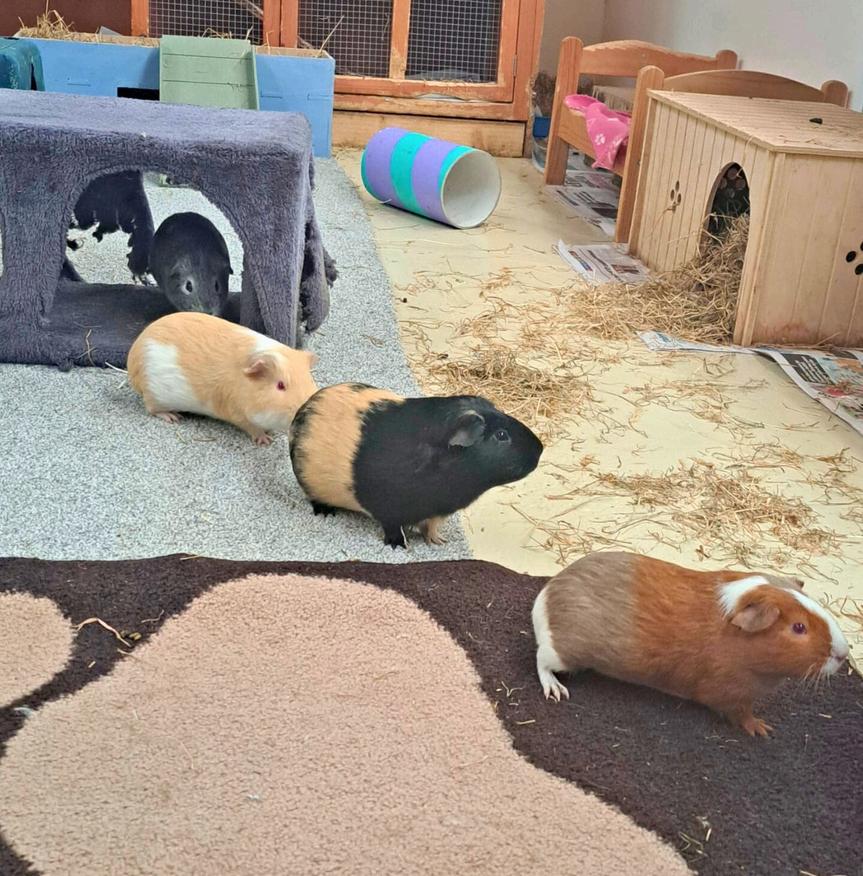
Ryson, Shergar, Bermese & Arkle These boys have no history because they have come from a hoarding situation. We had to keep 18 males together in a pen. All the boss boys and bullies were removed, which has left this group living together. Ryson, who is third in the line was a baby and the others adults. Because they get on so well, it would be fantastic if we could find them a home where they can all stay together for life. Accommodation would need to be similar to what you can see in the photo because we know they are happy to live like this.
Twinkle & Star. These sisters are looking for a special, loving, forever home. They have come from an appalling home and came to us in a very poor state having coccidia, eye and teeth issues. Both were very underweight but have gained some of it now. A new family would need to regularly groom the rabbits due to the long fur and clip the fur away from the bunnies eyes, so they have decent sight. Both rabbits are chilled and friendly and would need to live indoors as part of a family The girls are very clean and do litt t
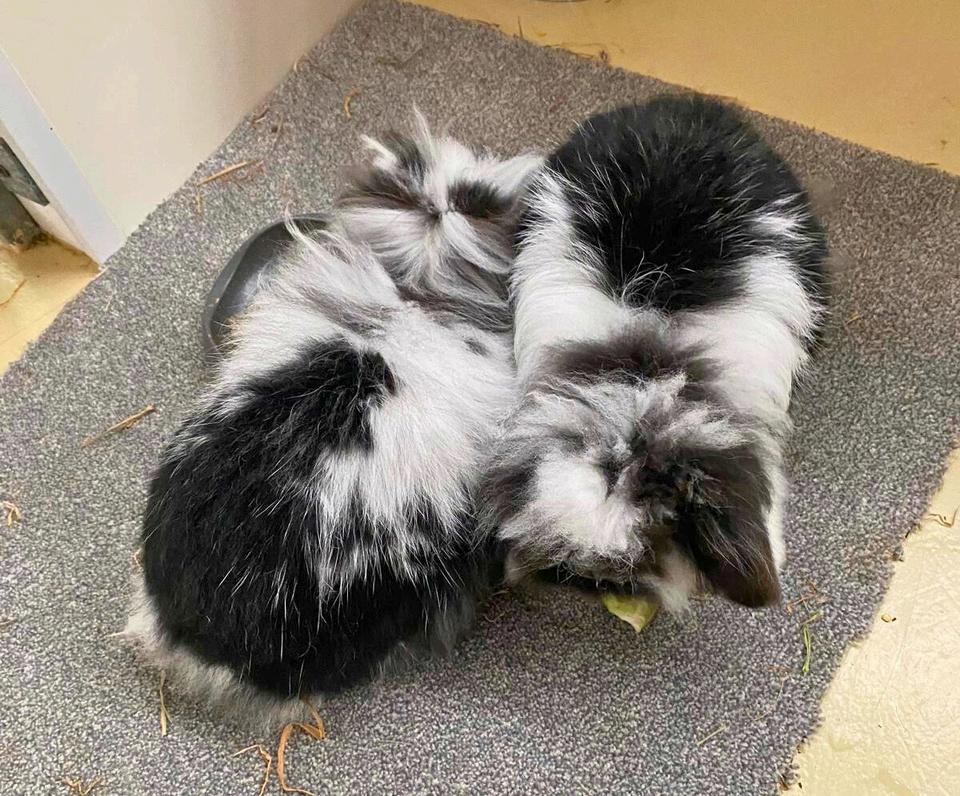
Molly and Chandler are a pair of rabbits needing a special home. An outdoor environment is best for Chandler, who can become spooked by noises and fast movements, leading to defensiveness. A calm home will help Chandler relax and enjoy life with his girlfriend, Molly. They are entertaining to watch, especially with new toys, and once Chandler trusts you, he will greet you happily. Chandler is good with health checks and nail trims. Molly is a sweet, quiet rabbit who follows Chandler but doesn't mind Molly is 5 years old, and Chandler is 6 years old.
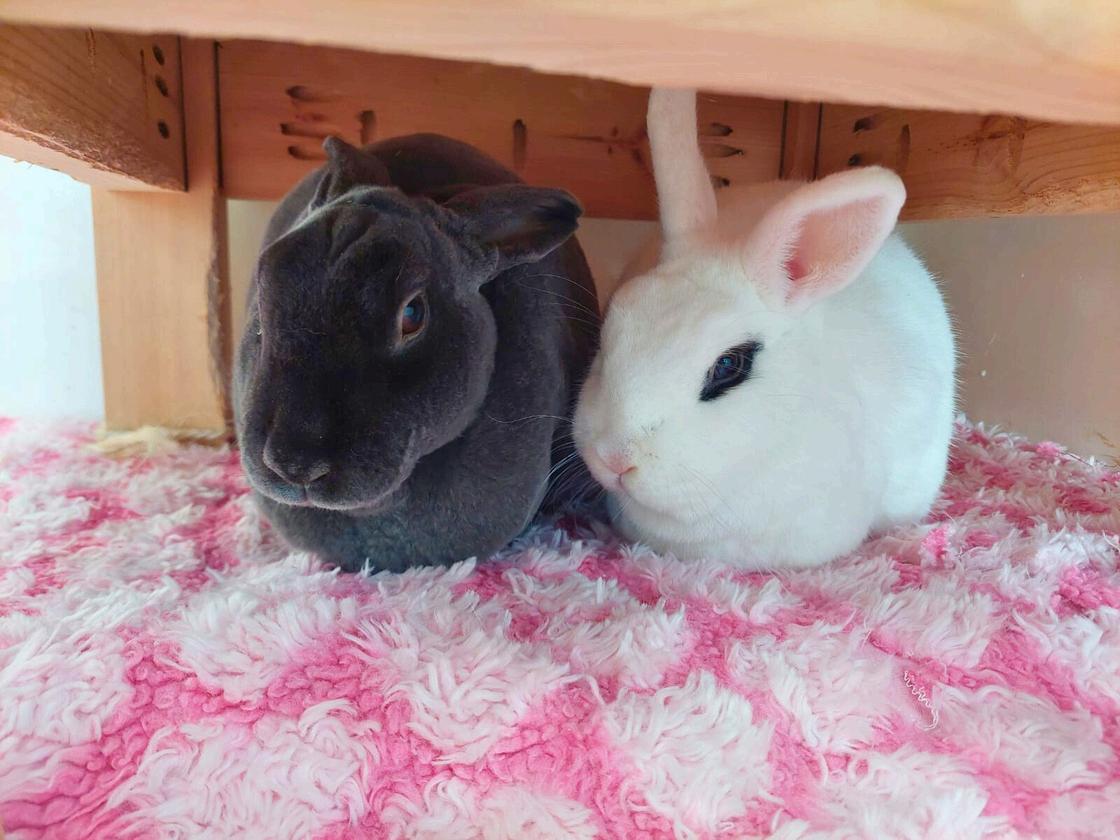


Nothing could have prepared me for the horrors we witnessed last September when we rescued 54 guinea pigs and 6 rabbits from a hoarder’s property. The conditions were so poor that we had to attend as an emergency. We were told the animals were left without care, food and water and that we needed to wear face masks due to the severity of the ammonia build-up in the house. When we entered the property, the stench was unbearable and the ammonia burnt our eyes and throat, the face mask didn't help,
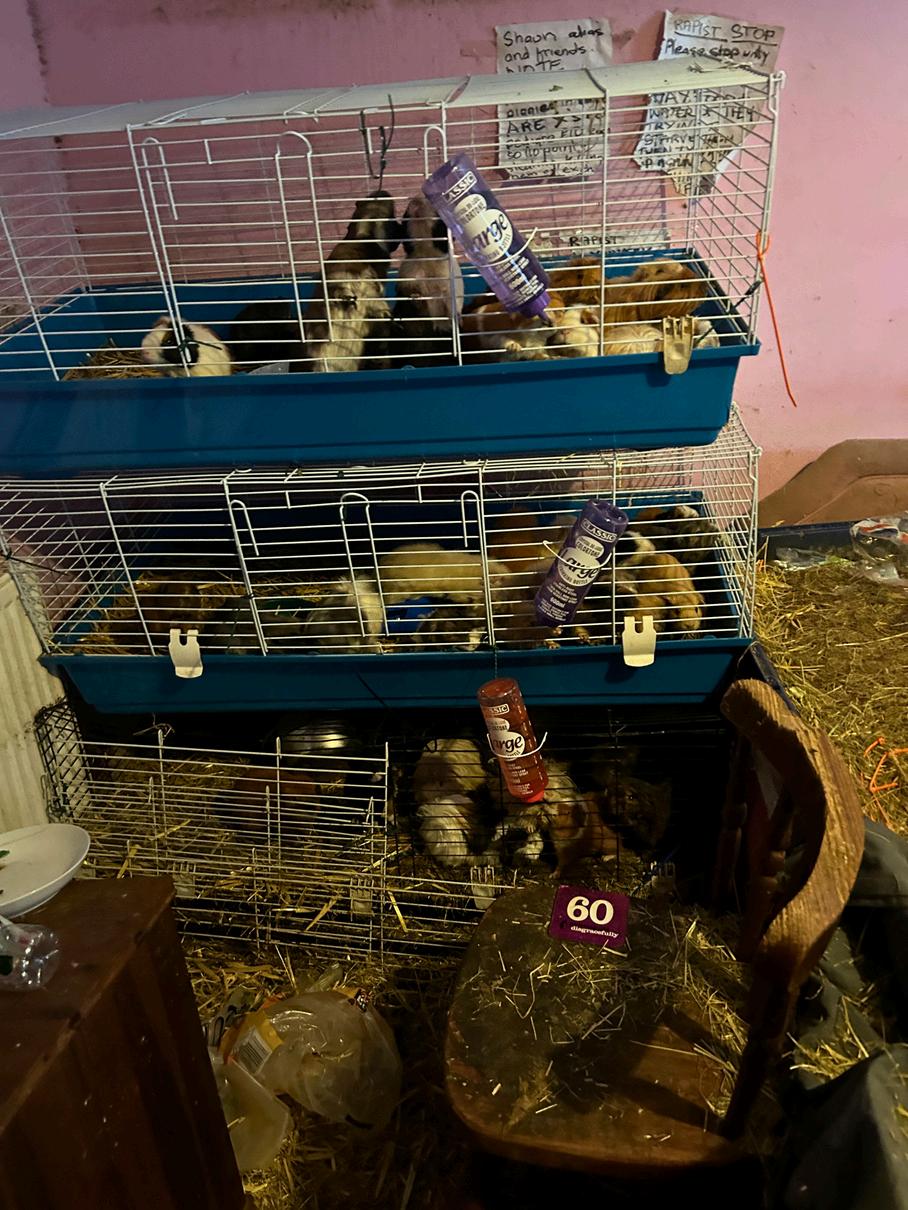
By Anna Anna
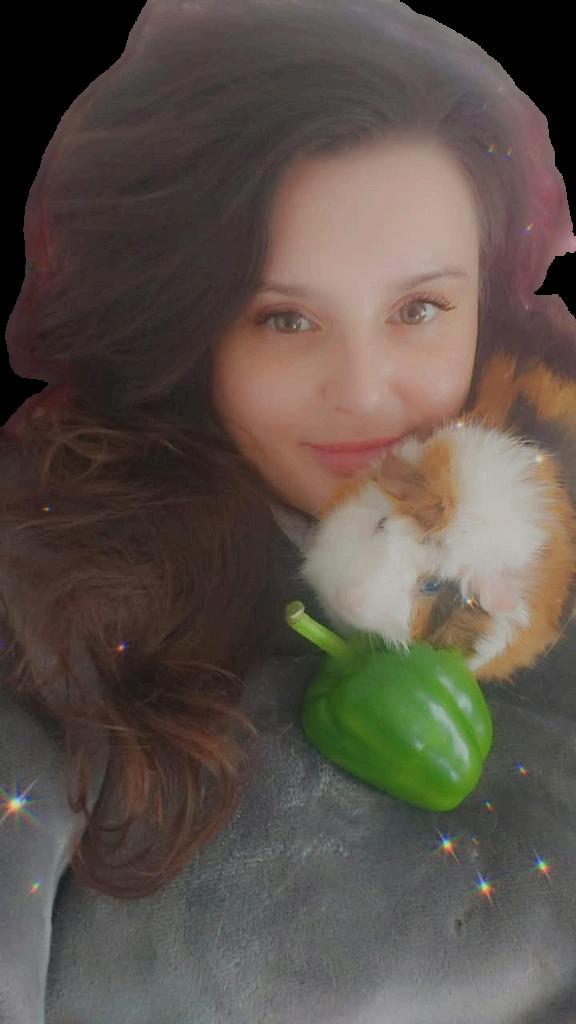
it’s hard to imagine how the animals must have felt being in that environment constantly. The downstairs areas were completely full of all different species of animals ranging from rabbits, tortoises, cats, guinea pigs and birds, all living in tiny filthy cages with no food or water source. We didn't realise that upstairs were even more neglected pets living in worse conditions. Guinea pigs were living in stacked cages on top of each other, their only bedding was their own waste and they were frantically fighting over the water bottles when we filled them up before transporting them back to the shelter.
They were extremely thirsty and starving, it was truly heartbreaking to see. I was in so much shock and couldn't believe how they were being treated but we raced to get them out of there as soon as we could. Looking at the state of the cages, it was clear they hadn't been cleaned out in months. We planned to take in just 2 rabbits as we were at full capacity at the shelter, however, we absolutely couldn't leave the other 4 rabbits behind so we somehow had to make it work. I found a deceased cat in the upstairs bedroom; it looked like she had been there for days.
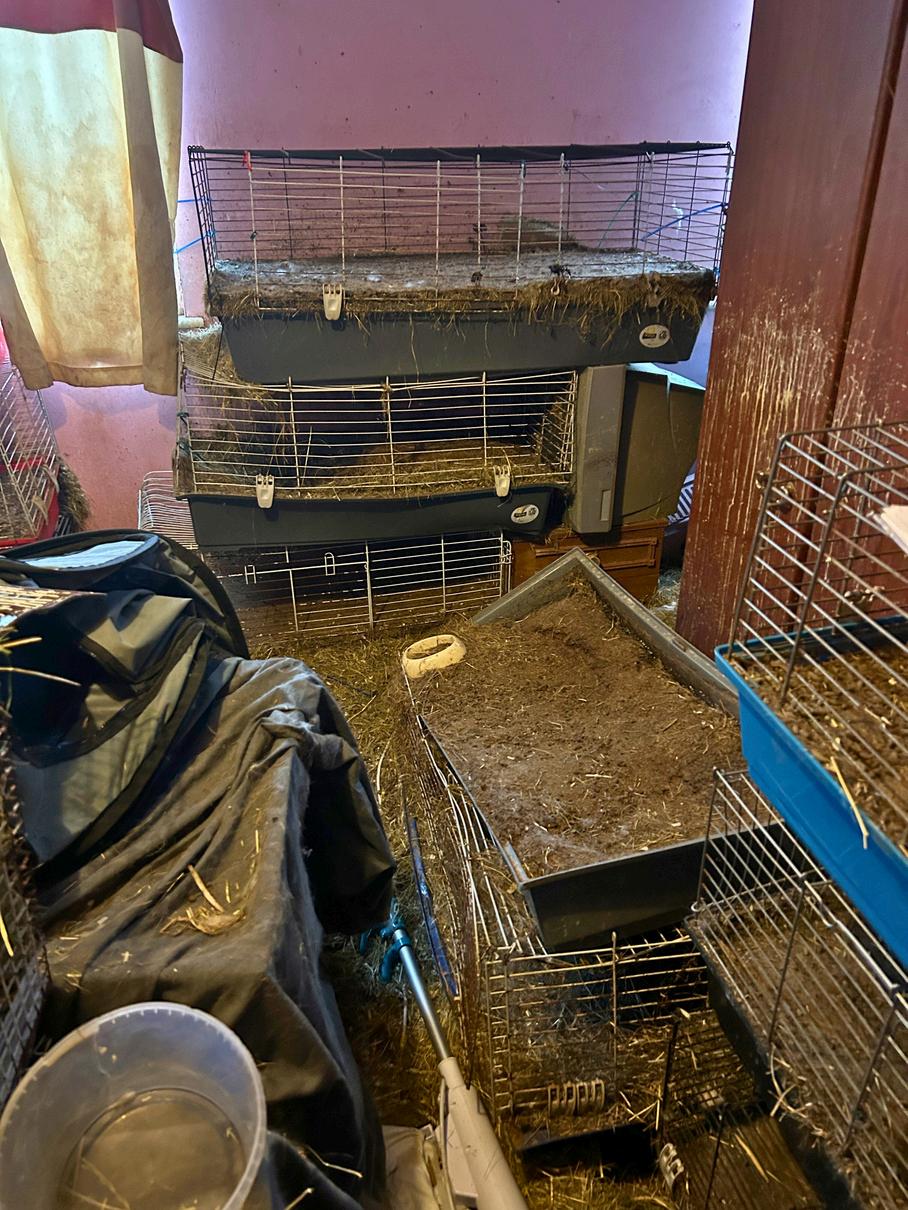

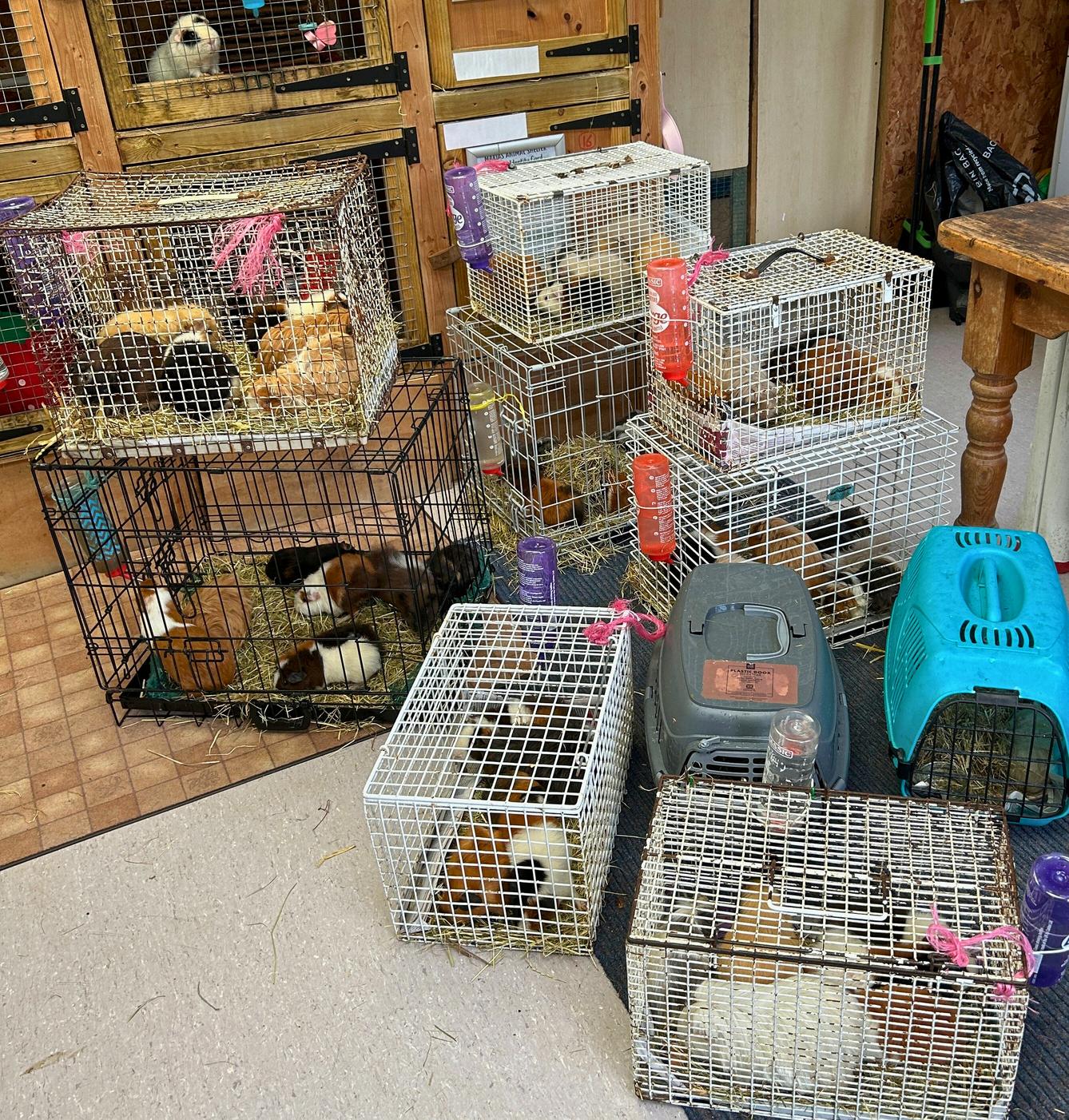
The guinea pigs were most likely bred back-to-back and we expected that a lot of them were too sick to make a full recovery or even survive. One guinea pig had a missing eye and the sows were in such a state from producing litter after litter; many were covered in fungal and had sore genitals from lying in their urine for such a long period of time and some even had untreated open wounds. Male and females were living together so we needed to be prepared for some pregnancies. Overall, they were weak, unwell and severely malnourished as we could see the bones on a lot of individuals.
Cats were left to roam the house to fend for themselves and they were terrified of human interaction, they would hide and run away from us. The dogs and chickens were thankfully taken before we arrived. I had to keep leaving the rooms to get fresh air as we struggled to breathe in there and we couldn't open the windows in case the cats escaped so it was very difficult to do our job, but we managed to get the rabbits and guinea pigs in the van within a few hours of being there. It appears we arrived just in time, if they were left another day or two, we don't think many would have made it. It was such a relief to get them back to the shelter. The volunteers stayed behind to make sure they were all health checked, identified, named, males and females separated, wormed but most importantly they were finally safe and had full tummies. We were so excited for them to experience much needed love and attention, at last they had a taste of freedom and some fresh air. Some guinea pigs gave birth not long after the rescue and some had permanent respiratory issues, others didn't make it or had to be euthanised. Most of them have now found loving forever homes and a few are now permanent residents at the shelter due to their lifelong health issues. The whole experience of this rescue mission was traumatising and it's something I will never forget but I'm so grateful for what Maria and the other volunteers do for the animals. Their determination was inspiring to me and I couldn't have done it without them.

A big thank you to Pencarrow House for inviting us to take part in the Snowdrop weekend, which was held on the 9th February. We were so blessed with beautiful weather. Special thanks to Sharon and Linda for organising the day. A big thank you to Sheena, Sam, Poppy, Katie, Lindsey, Becki, Cameron, Michelle, John, Paul and Sharon's friends and family for the much needed help. Also a huge thank you for everyone that came out on the day to support us. It was a big success and good day for all. The amount of money that was raised on the day has not yet been finalised because there will be a presentation to receive it at Pencarrow later this month.

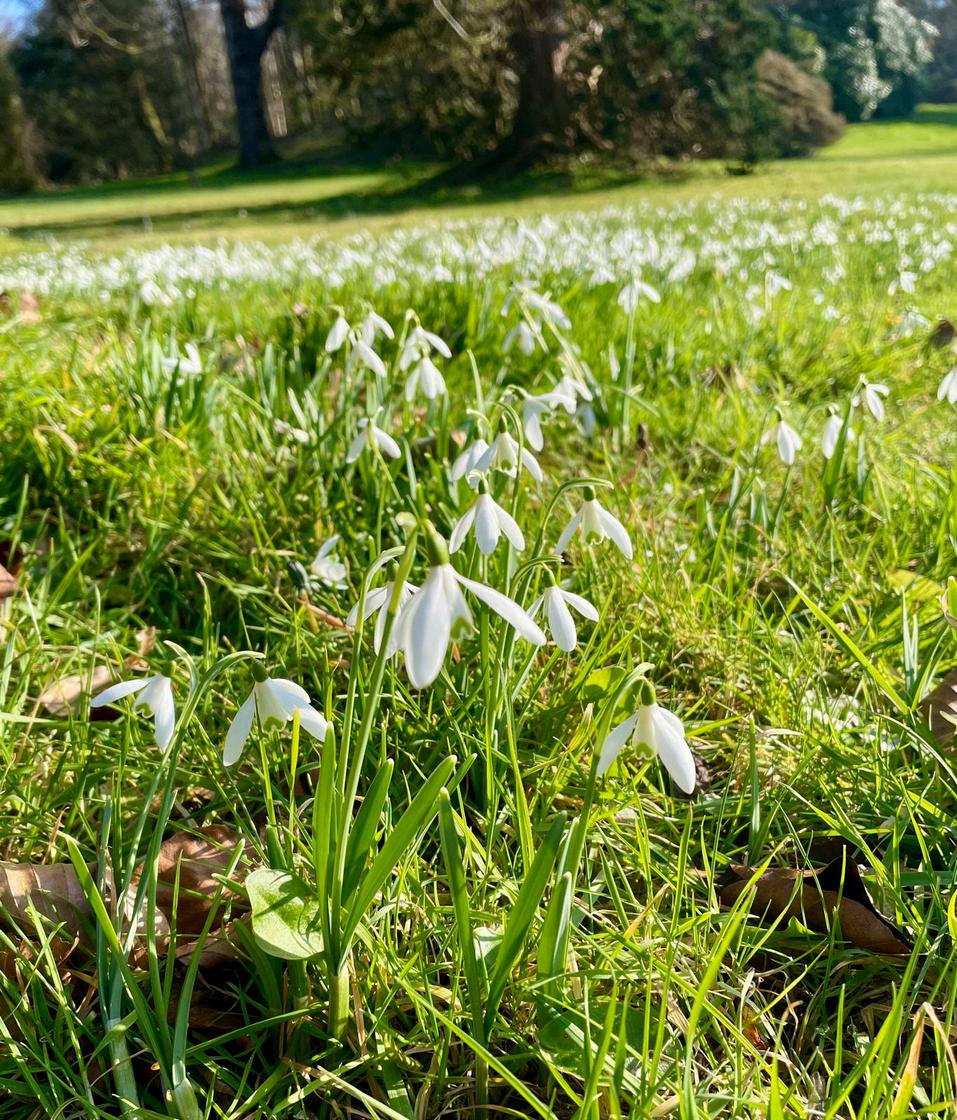
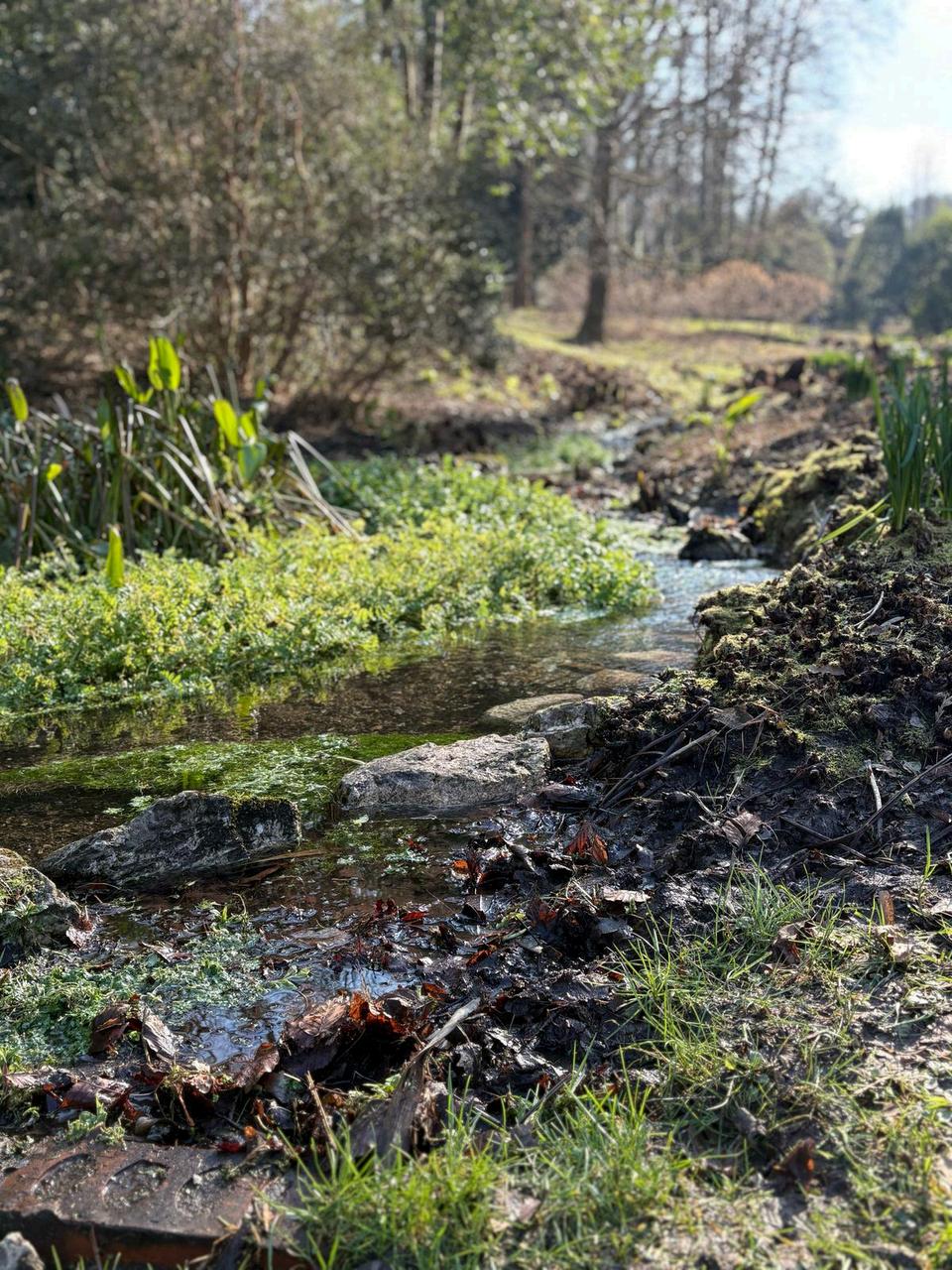



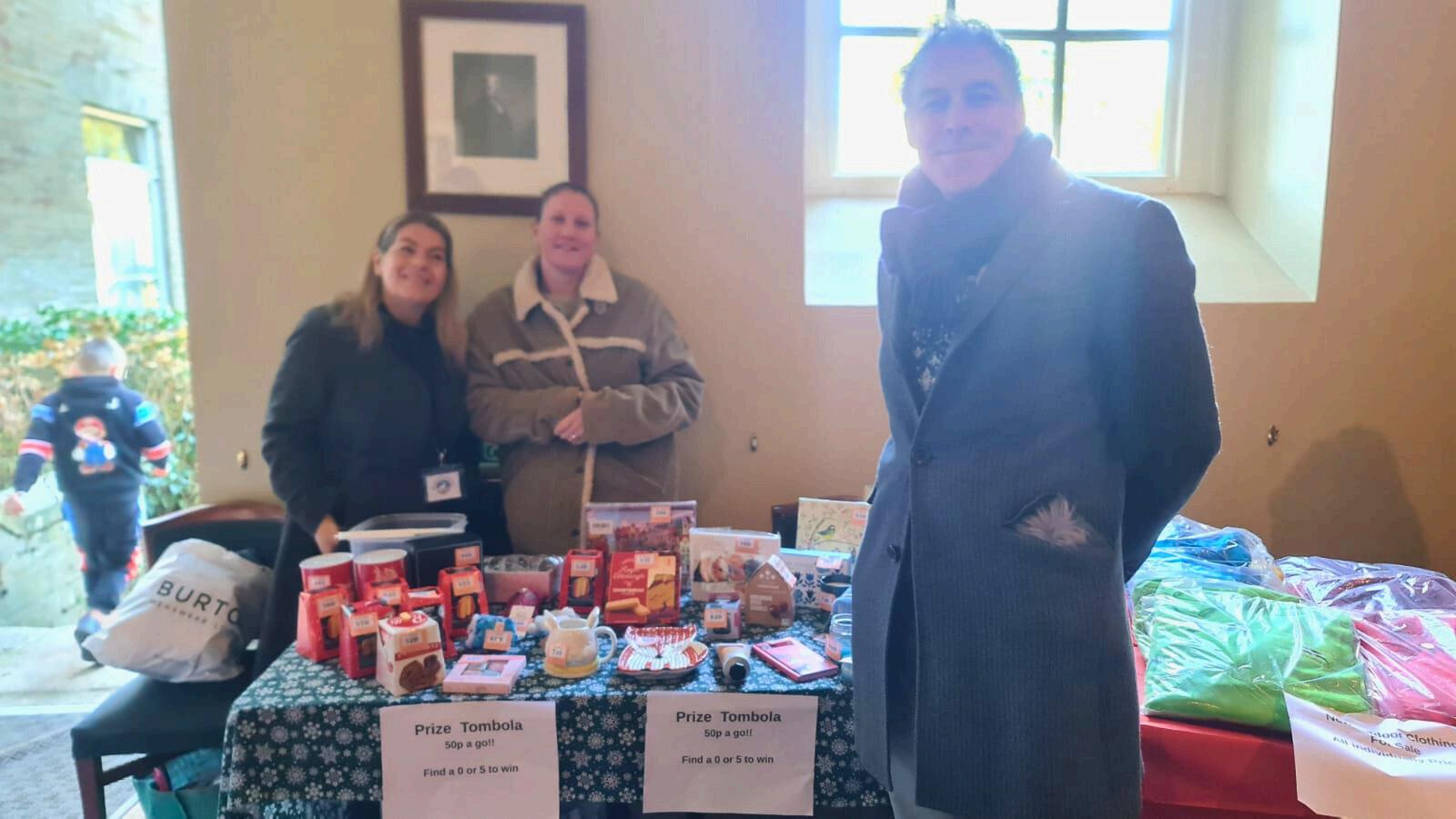

By Kim Thompson
My name is Kim Thompson, my husband and I adopted two beautiful Guinea-pigs from Maria’s at the beginning of November 2024. I can’t quite put into words how much we love them; they have completed our family. We are both retired and have had guinea-pigs and rabbits before. To us they are the ideal pet as they have so much character, as we all know the more time and care you give to an animal the more you get back. We do completely spoil our pets, not ever having children, as we both prefer animals.
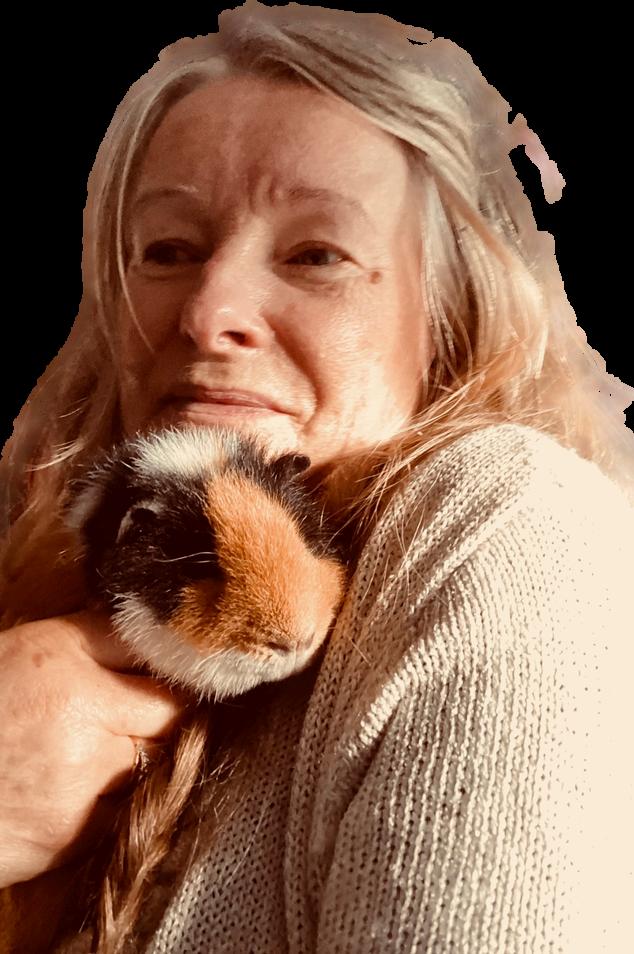
I just wanted to highlight to anyone thinking of adopting a Guine-pig or rabbit, obviously do your research beforehand, but I can recommend them as being delightful company. Because I don’t really trust anyone else to look after my animals, if I go away, of course they always come with me. We have a camper van and our previous pigs loved to travel in the van with us. We have an outdoor run as well as an indoor run.
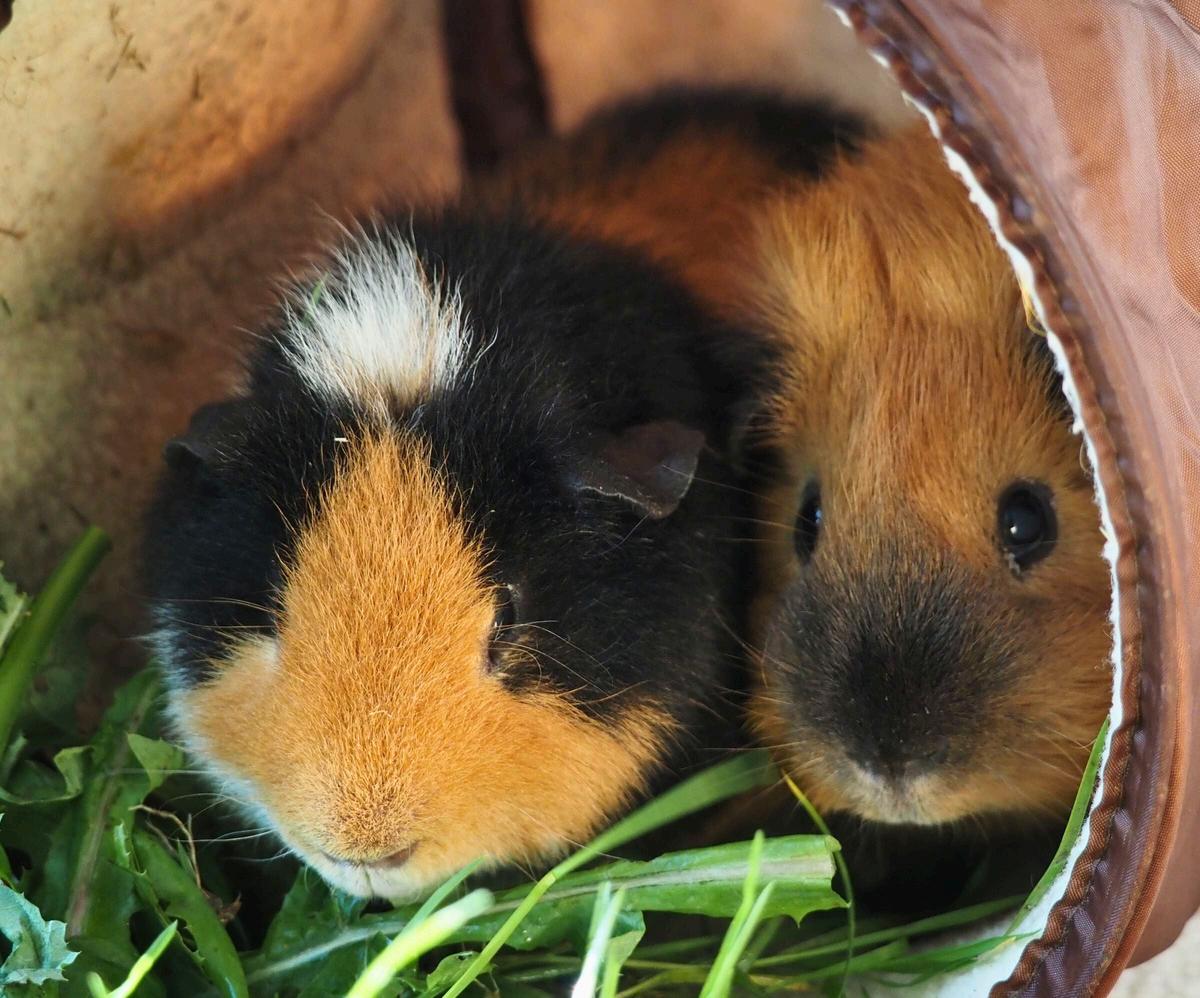
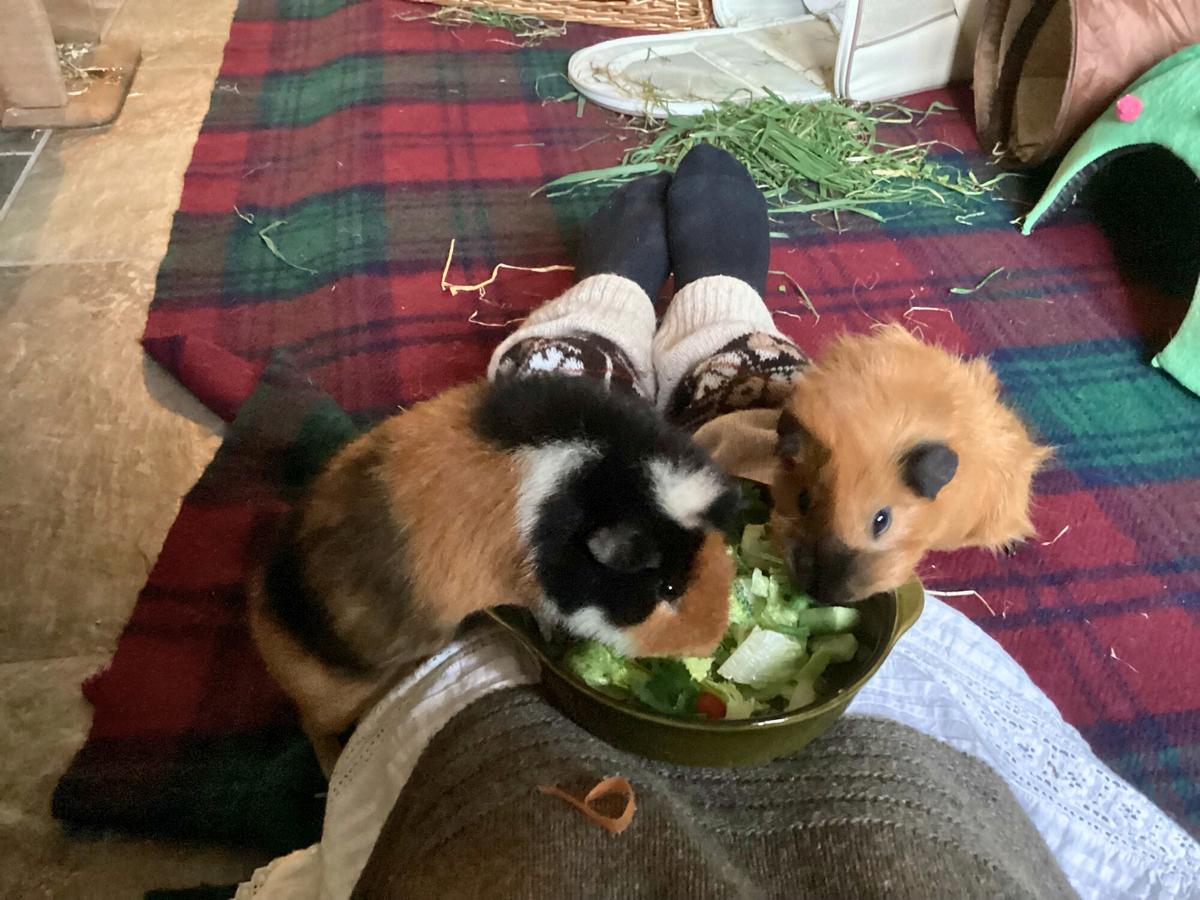

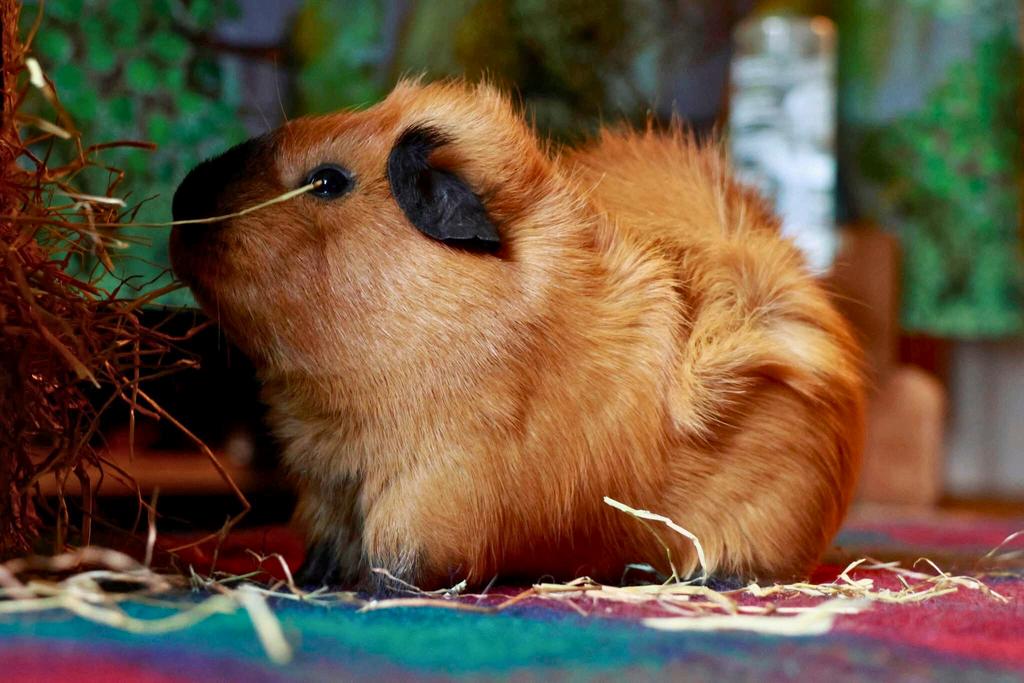
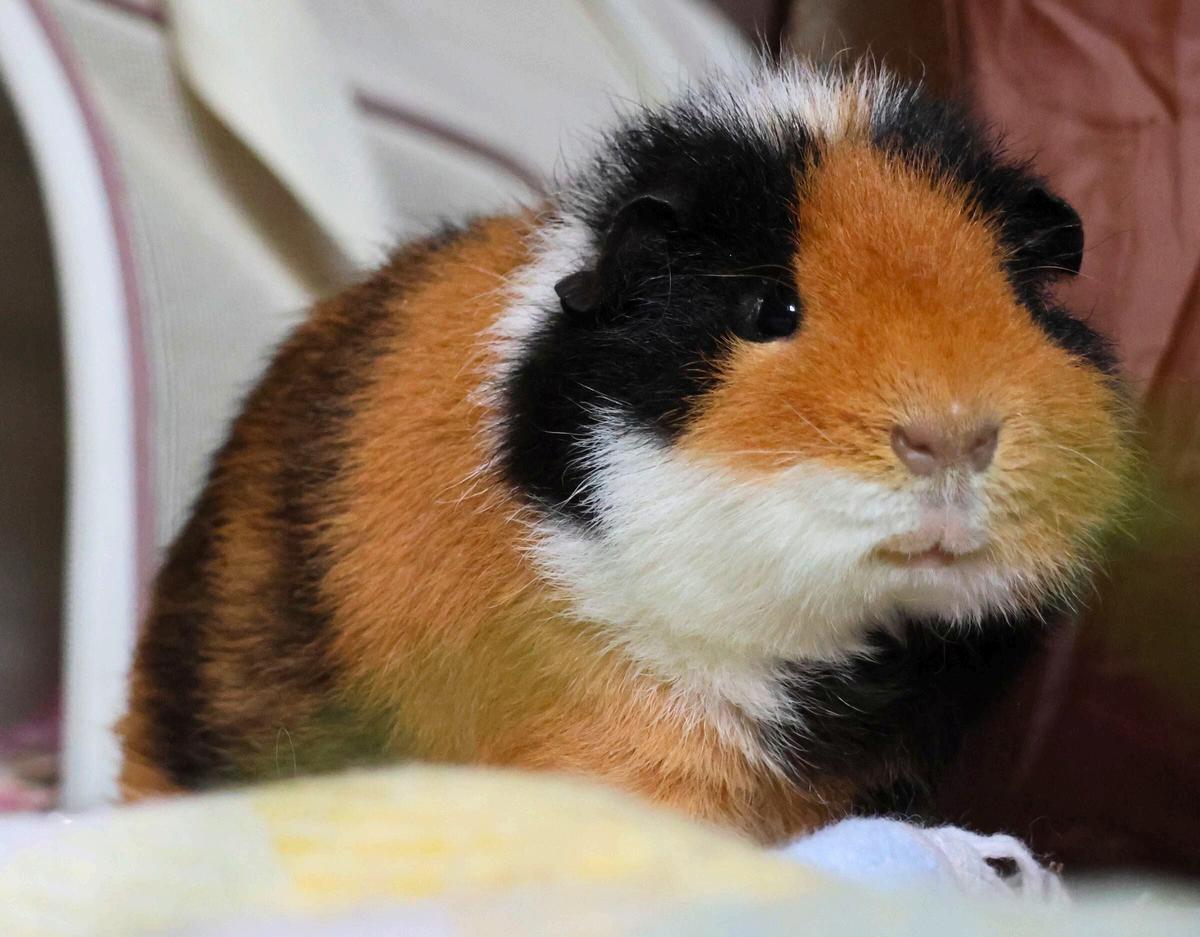
The two we have recently adopted are called Teddy and Snoopy. They were already bonded and do get on well. My husband has built them an 8ft run complete with extra sun terrace in our dining room. So, they get lots of attention. Also, in the afternoon they have the run of the lounge for a few hours, which for them is play time. They run around like mad things, pop corning and swerking all over the place, demonstrating how happy they are. To me and my husband seeing them so happy makes our heart sing. I love the way Guinea-pigs are very vocal, and squeak when their vegetables are ready. Teddy is particularly cheeky and will stand on the upper terrace of the enclosure bobbing his head up and down squeaking for a treat, it really makes us laugh.
Teddy loves to come up for a cuddle, (which is the best feeling ever, to have a pig cuddled into your neck) although it has taken weeks for him to trust us. Patience is the virtue when it comes to pigs. Snoopy is still wary of cuddles but he is getting better. We literally can’t wait until the Summer to have them outside under our supervision. I would never leave them unattended; they will always stay in at night.
I can’t thank Maria and staff enough for all there continued hard work in rehoming these vulnerable creatures. Where we would be if it wasn’t for kind people like Maria. Let’s all do our best to help raise much needed funds for this wonderful charity.
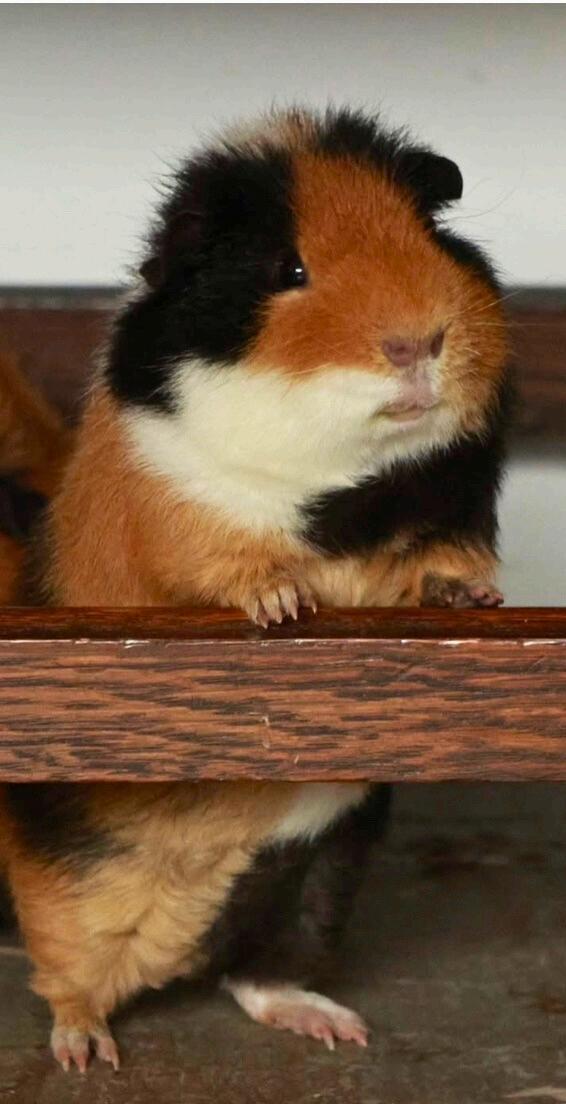

A huge thank you to Aztek for their incredible support over the past seven years in managing our website. As someone who isn’t technically minded, websites can be a challenge, but the team at Aztek has always been there when we needed them, offering expert assistance and support.
Aztek describes themselves as: "One of the UK's leading and most progressive Managed Service Providers (MSP), delivering customer-focused IT Support, Communication, and Cyber Security solutions to help transform and grow your business."
�� Contact Aztek: 0330 056 2233
�� Website: www.aztek.co.uk
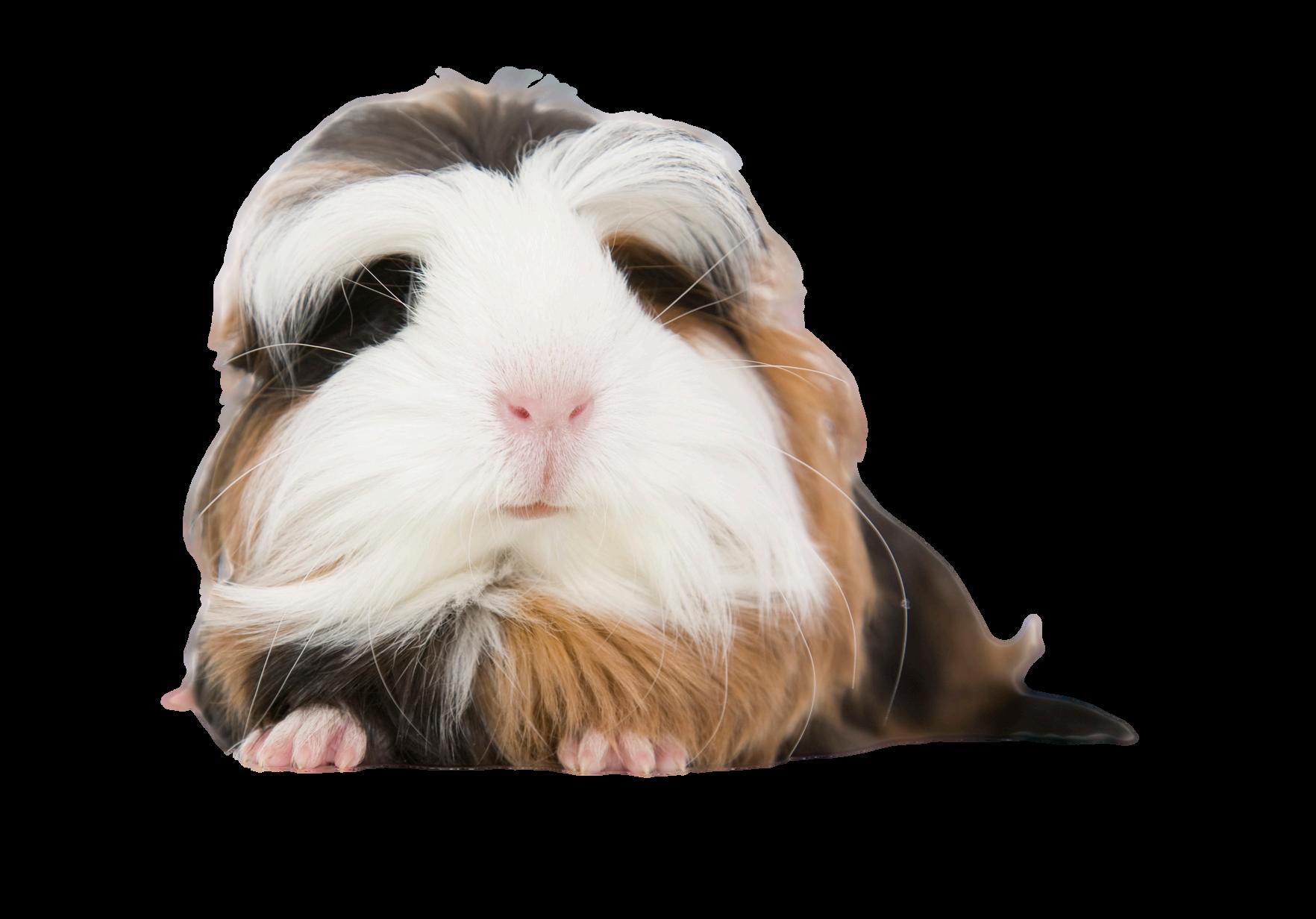

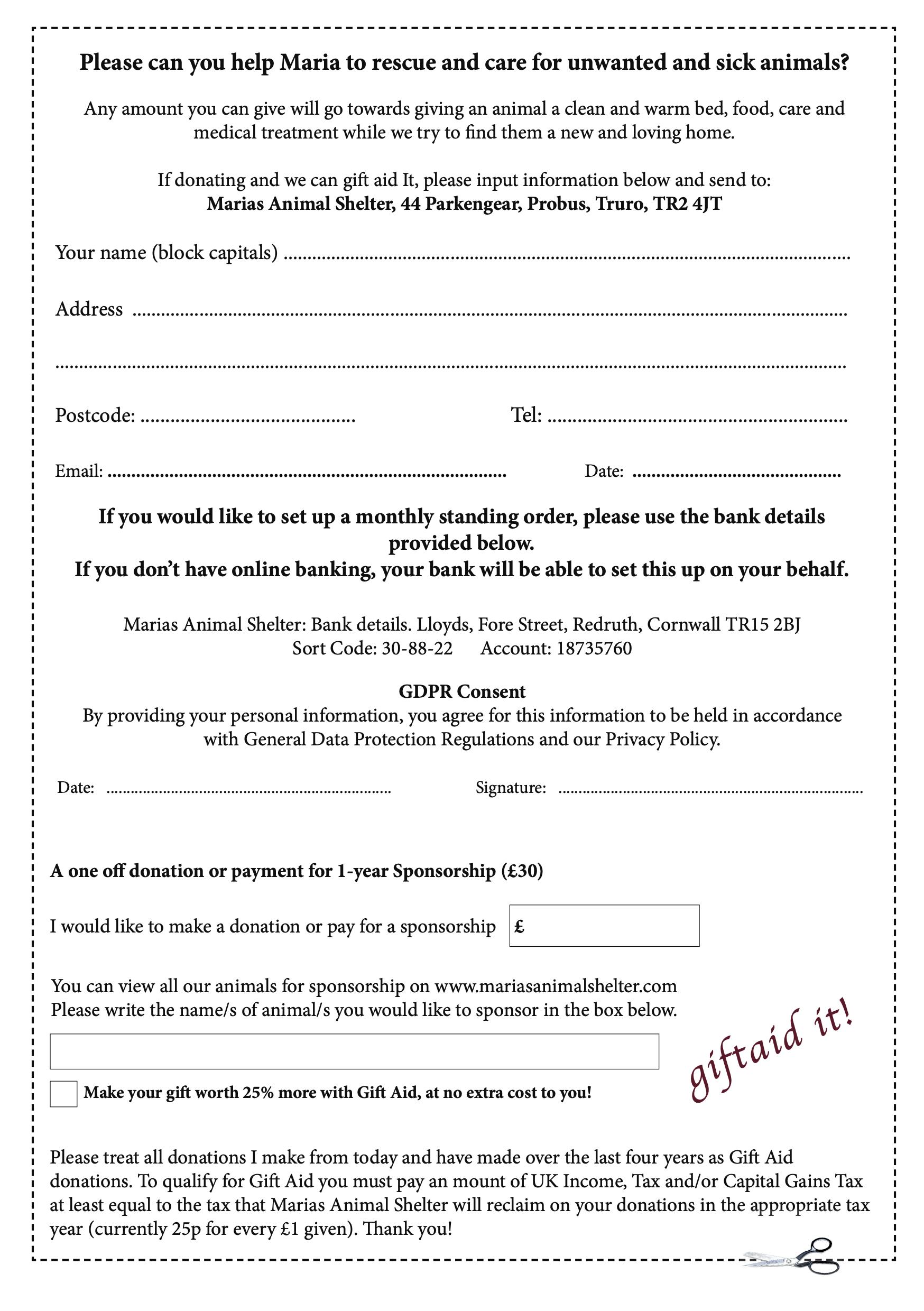
Marias Animal Shelter: Bank details. Lloyds,Market Street, Camborne, TR14 8JT


